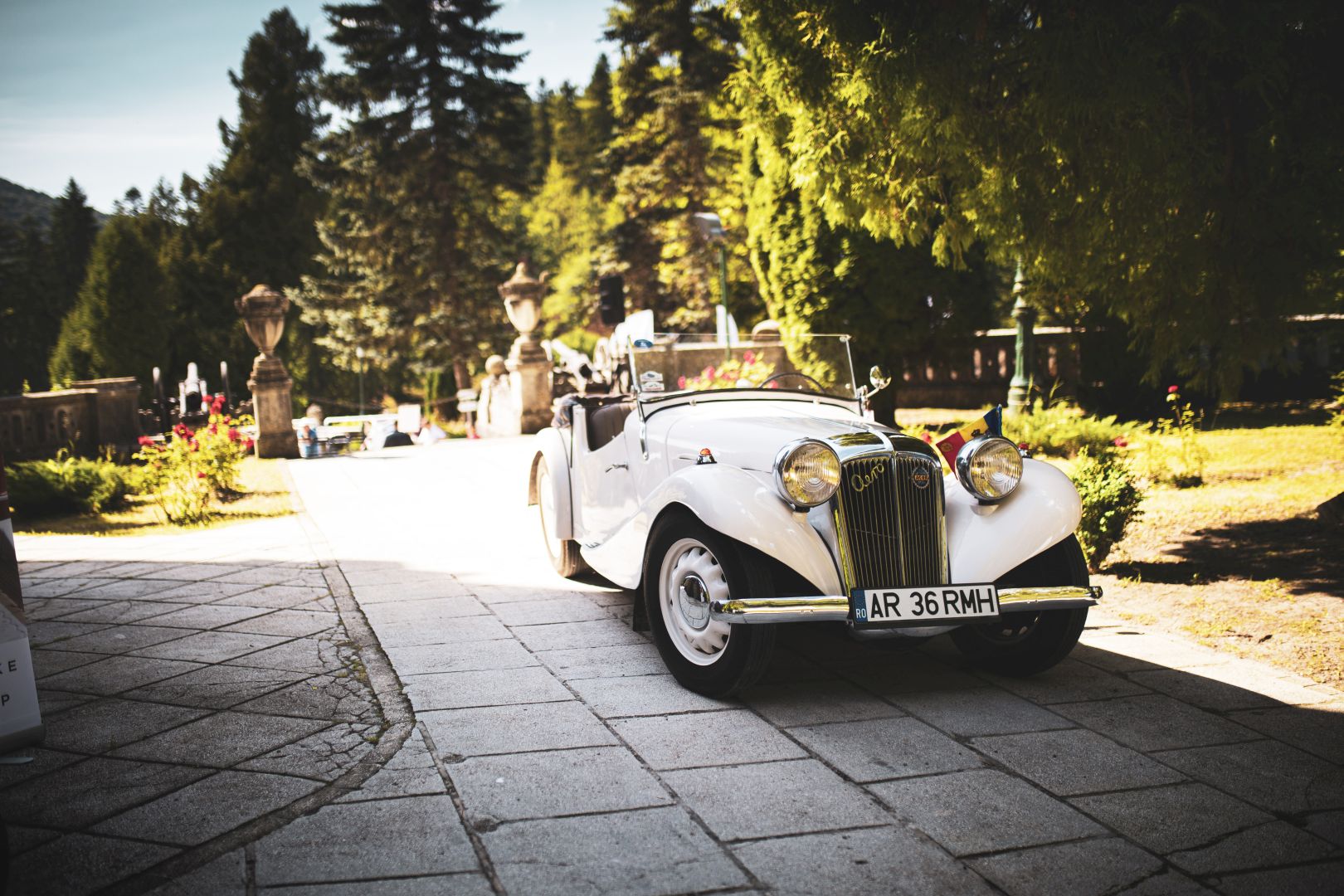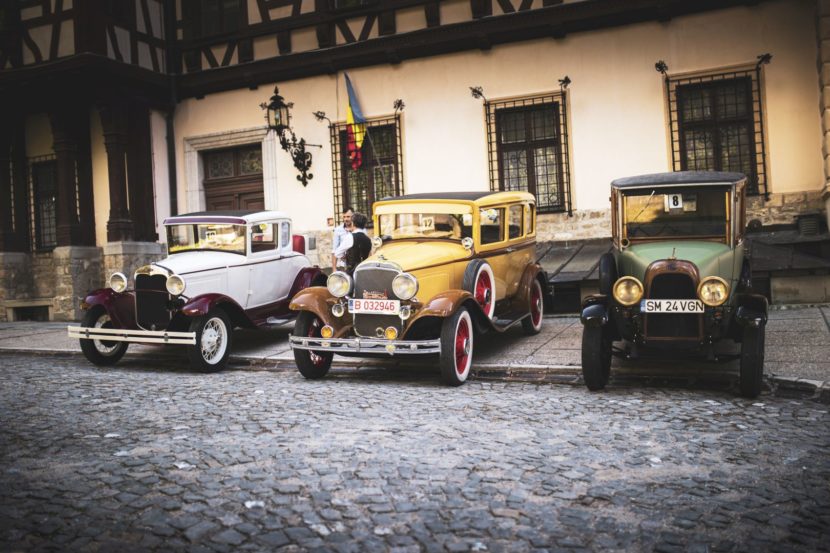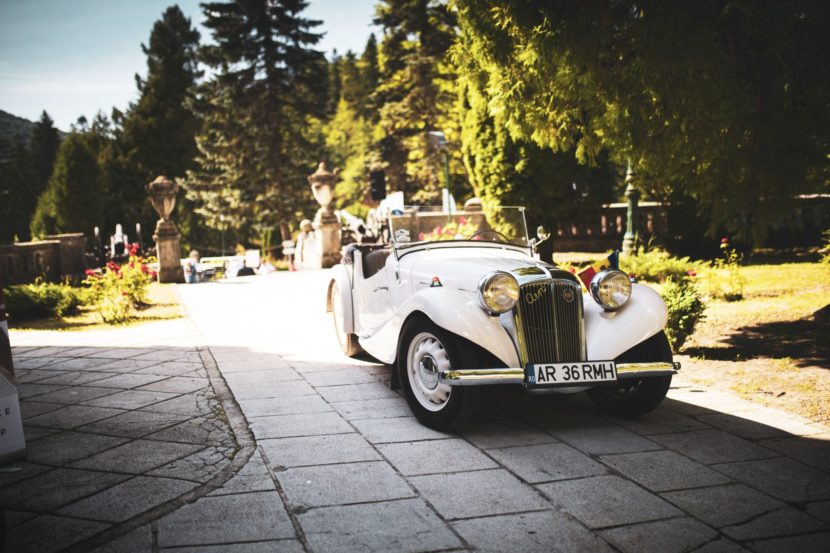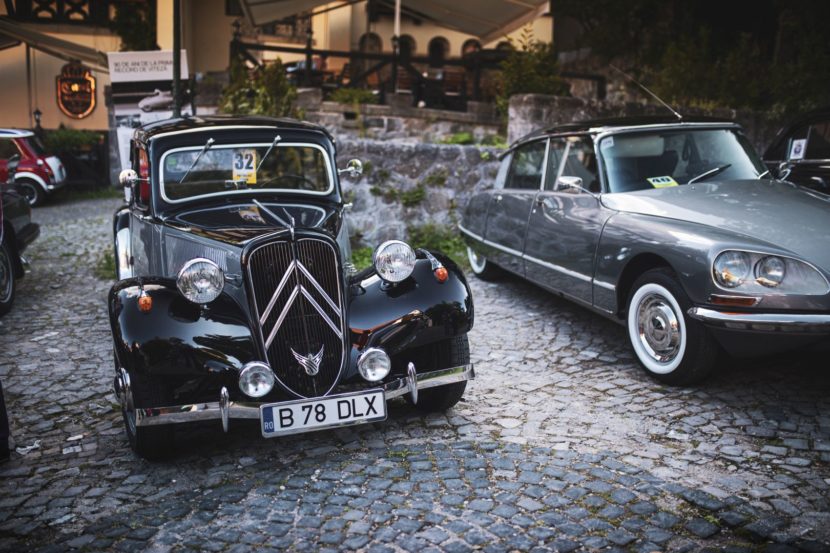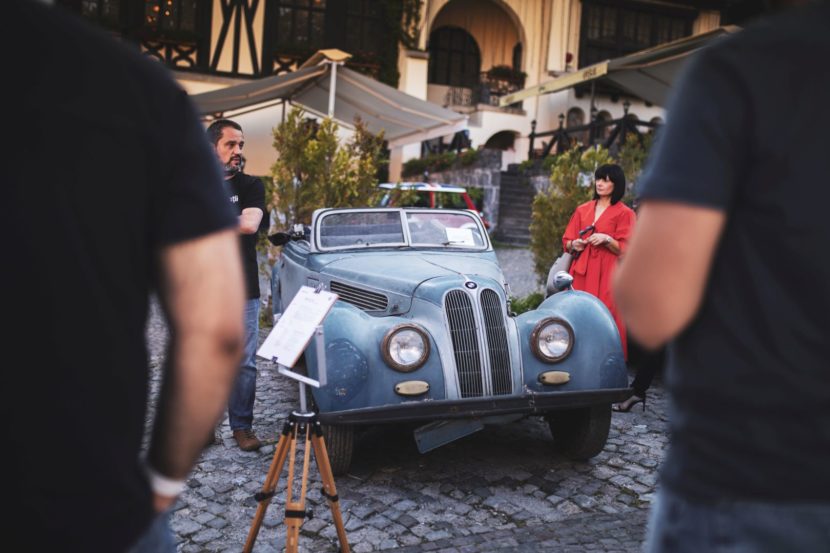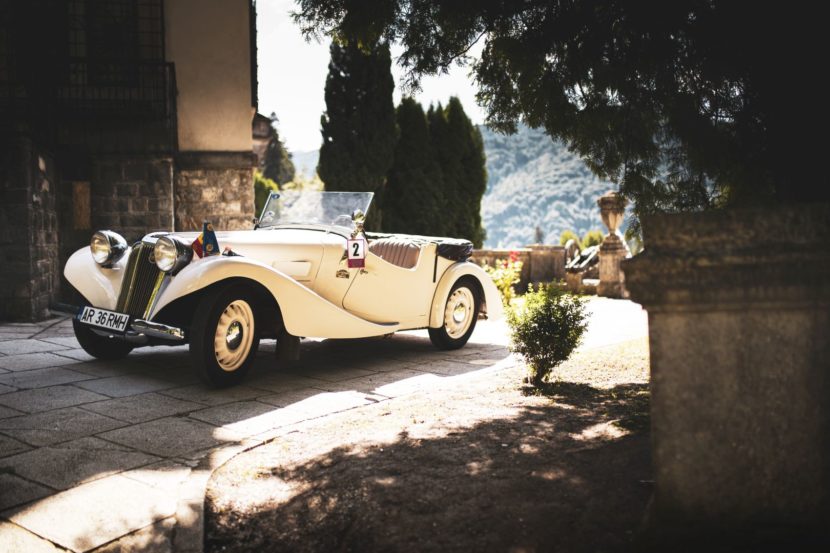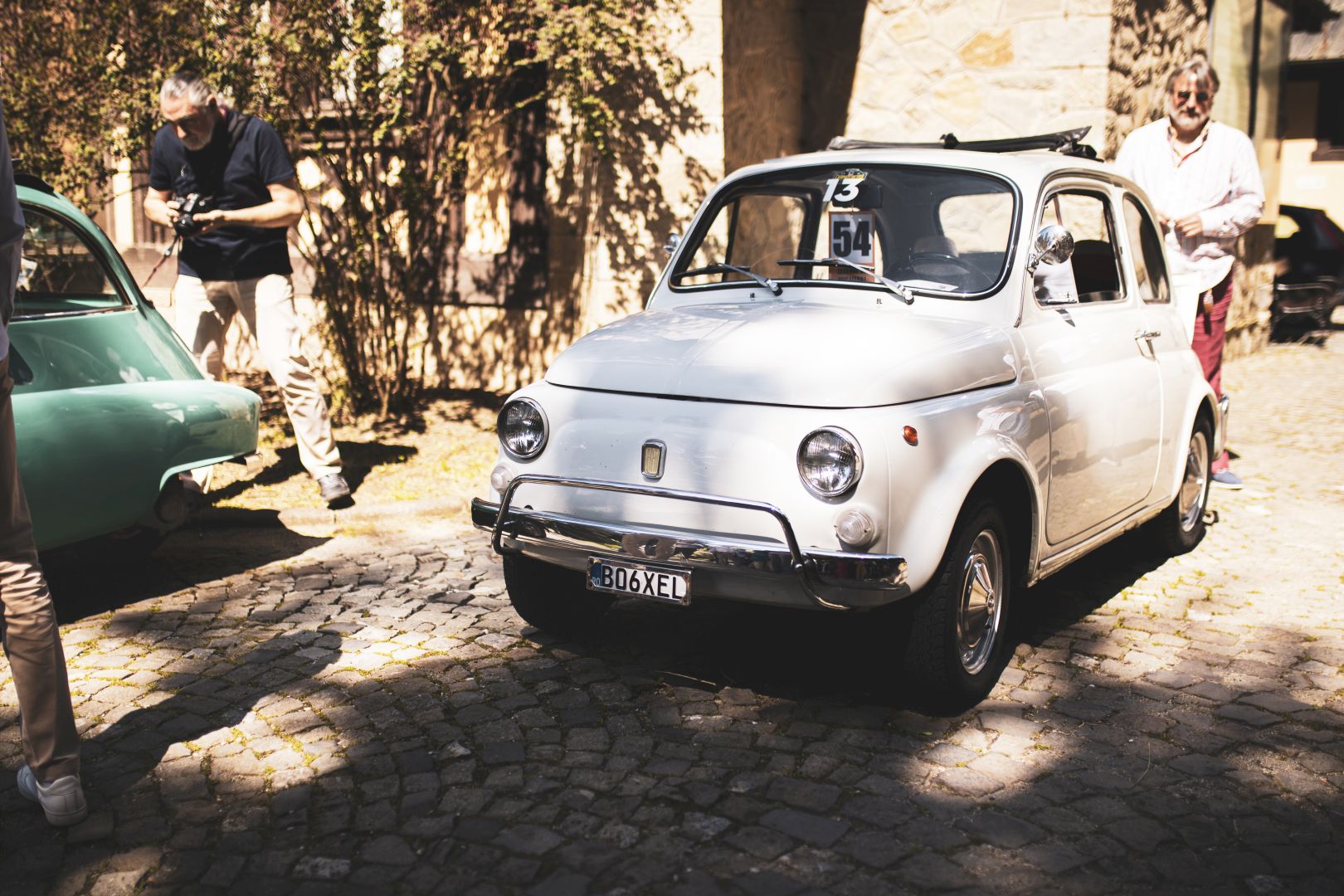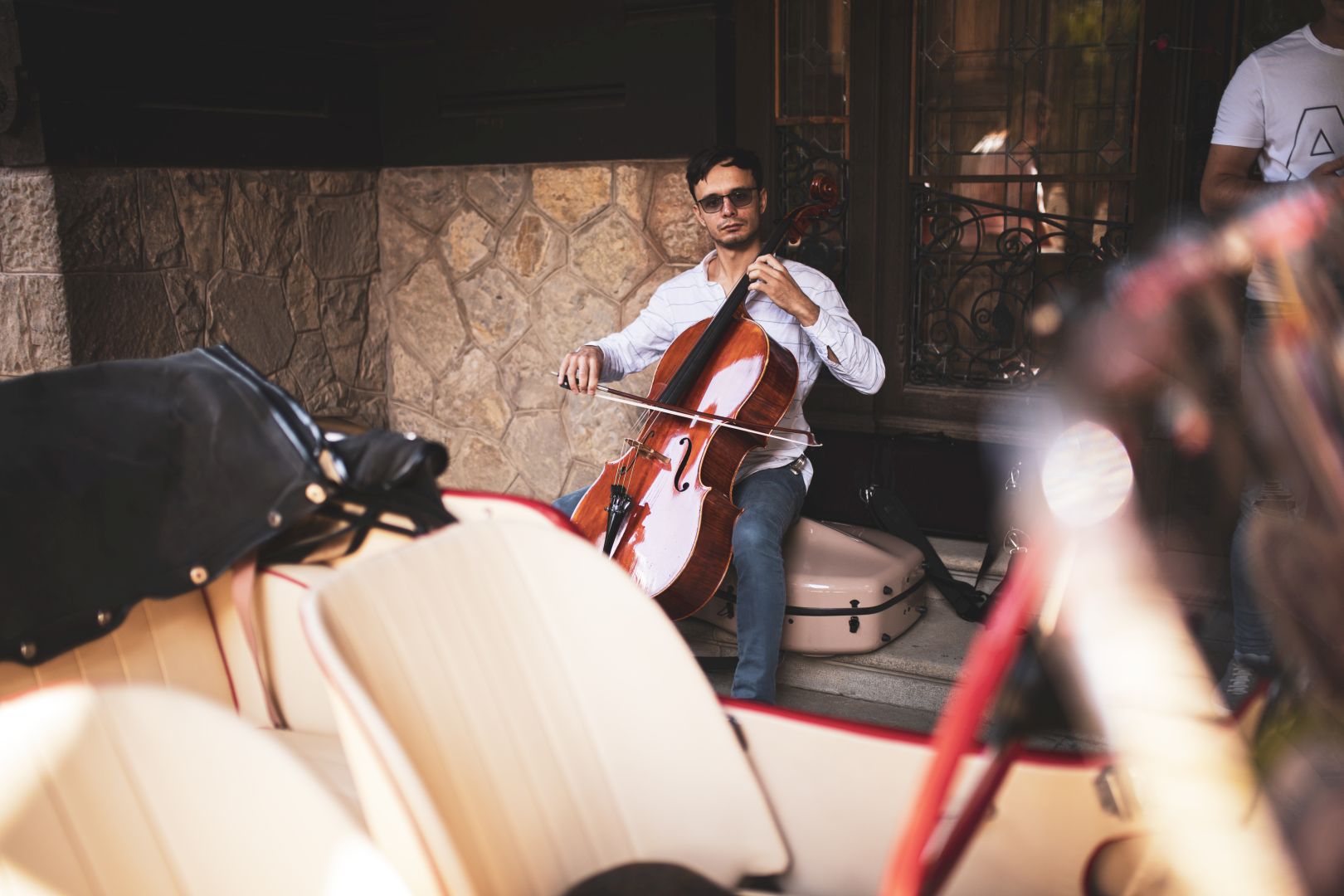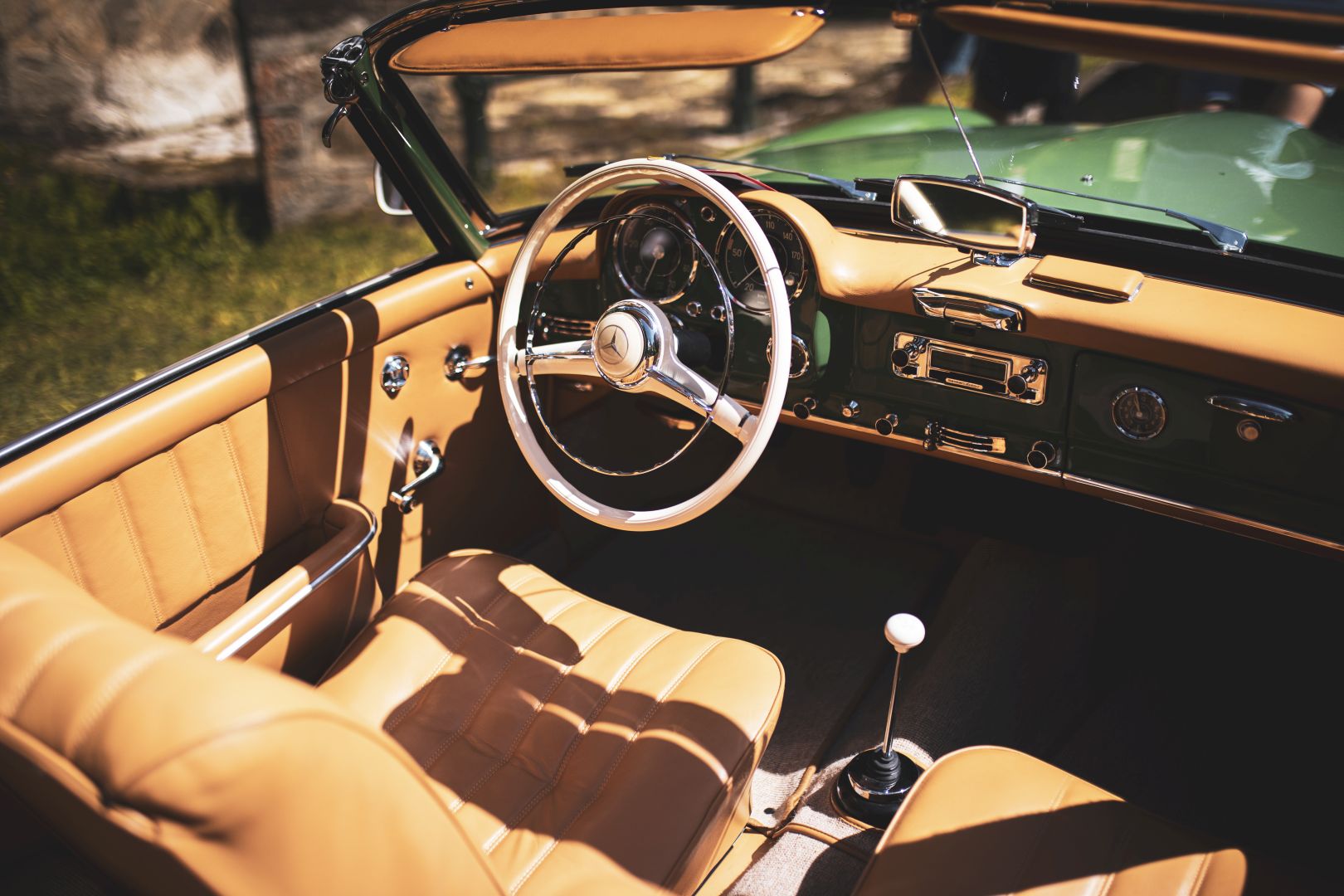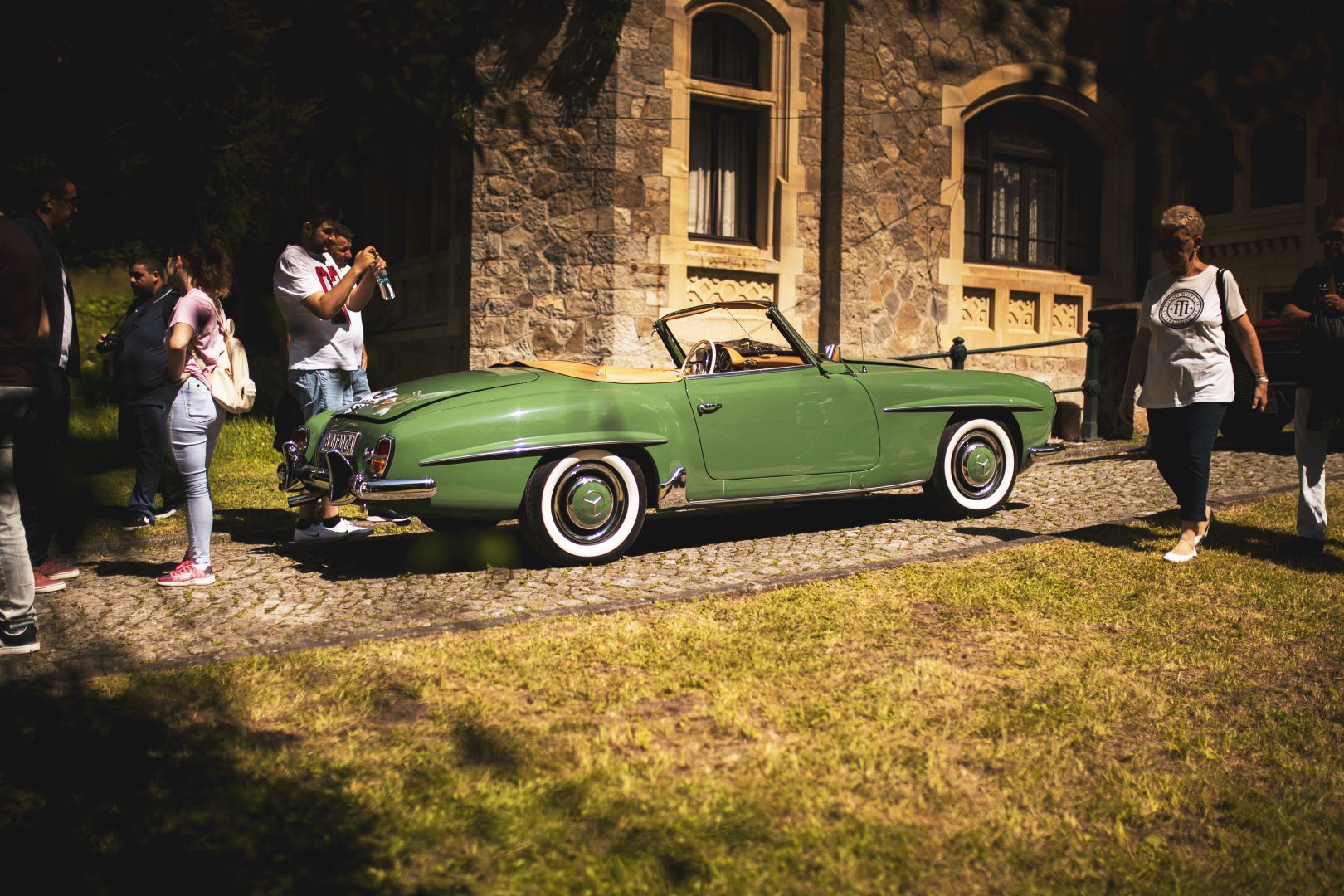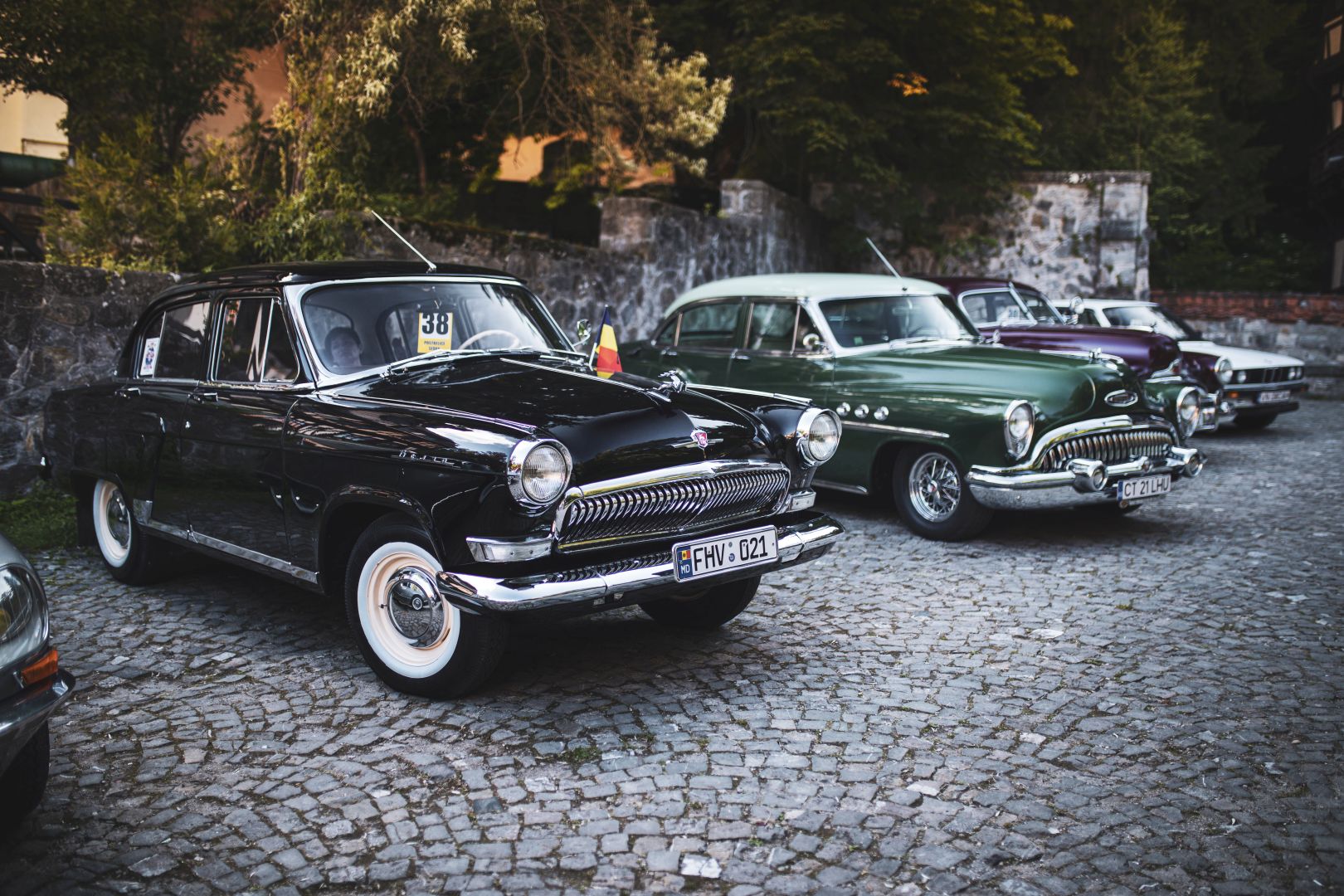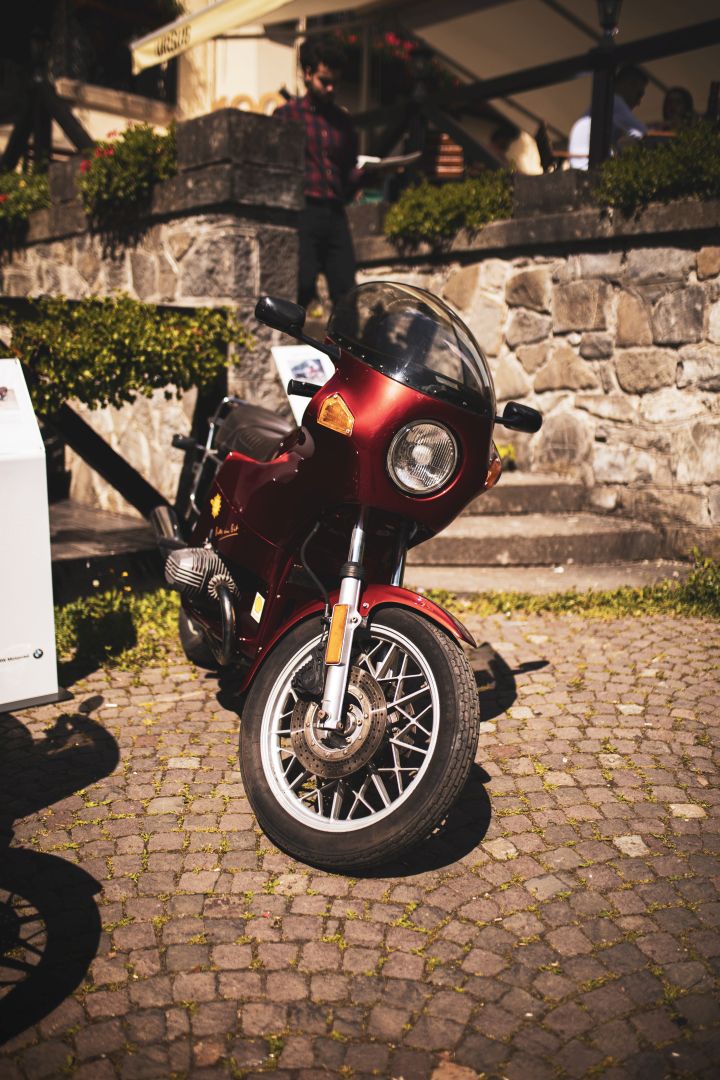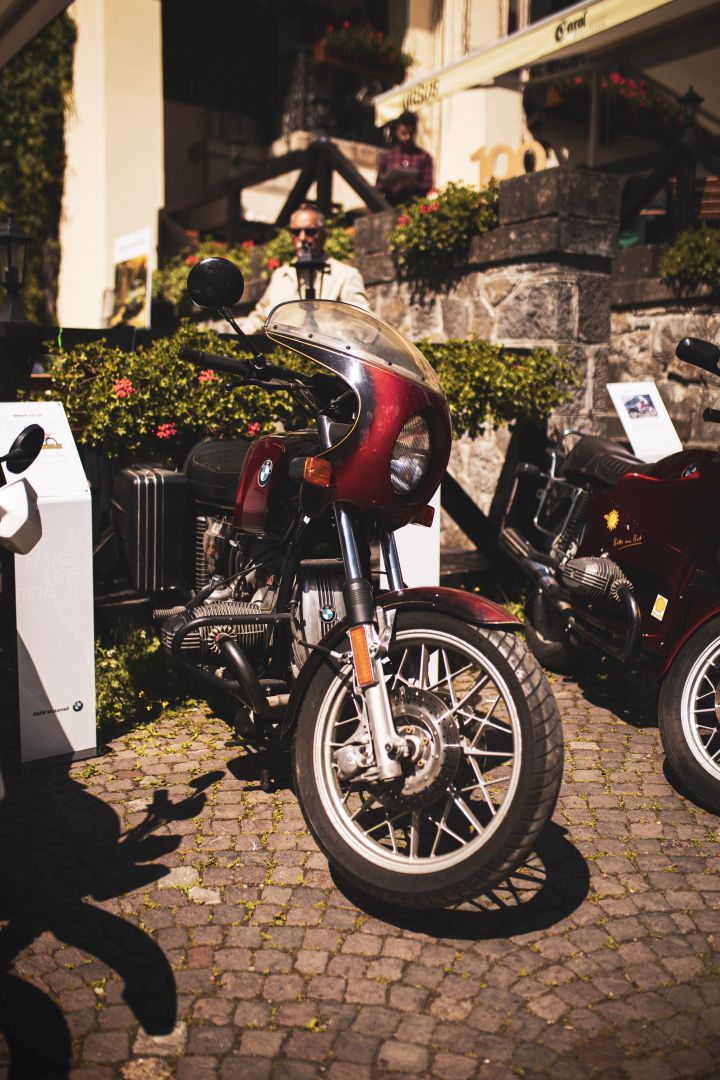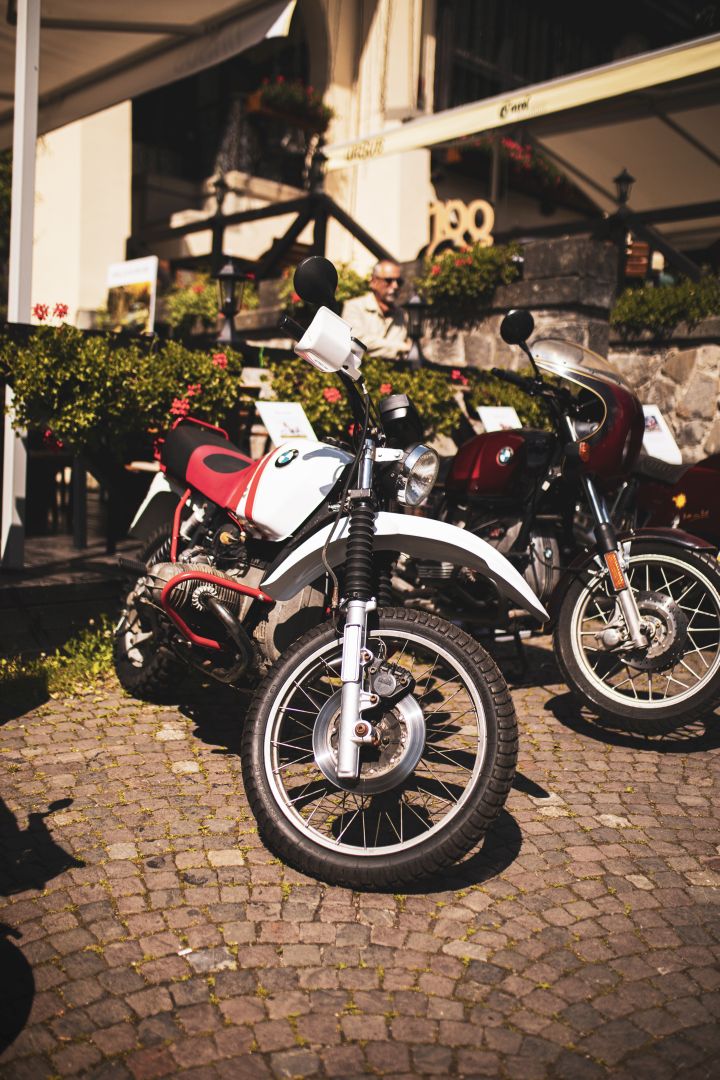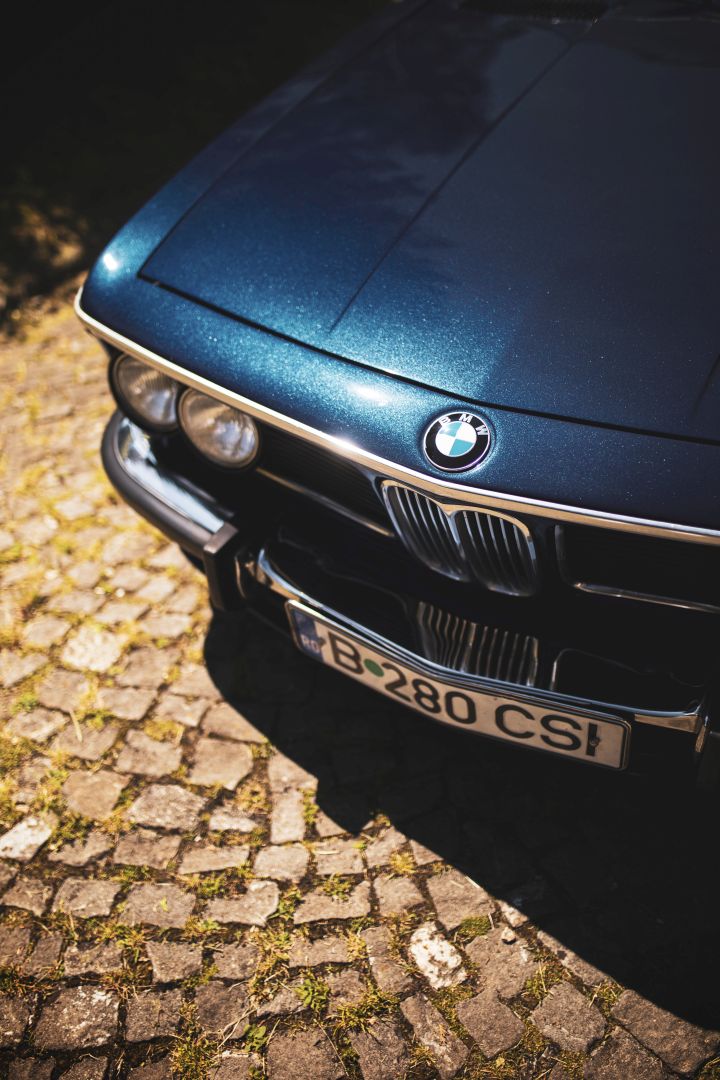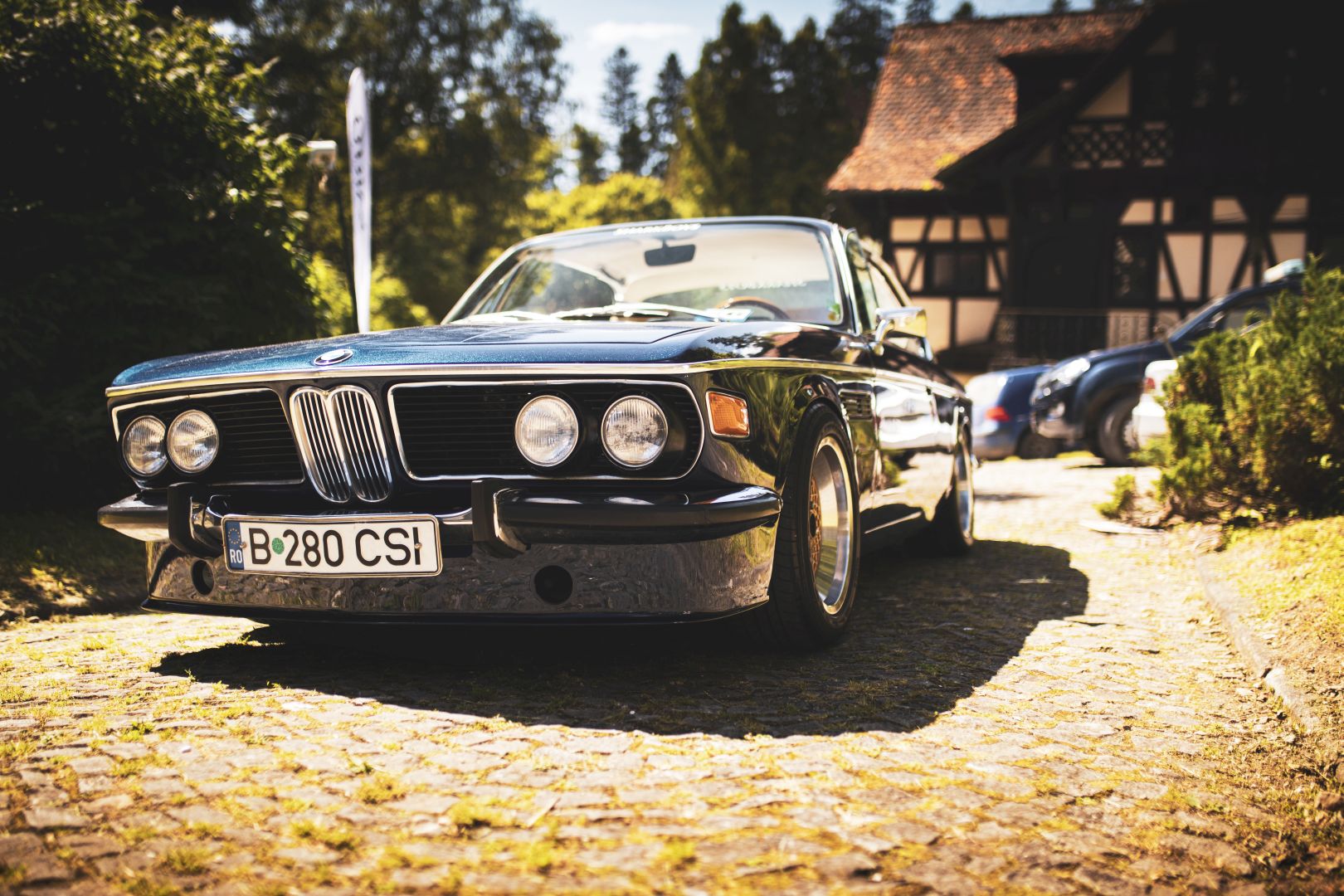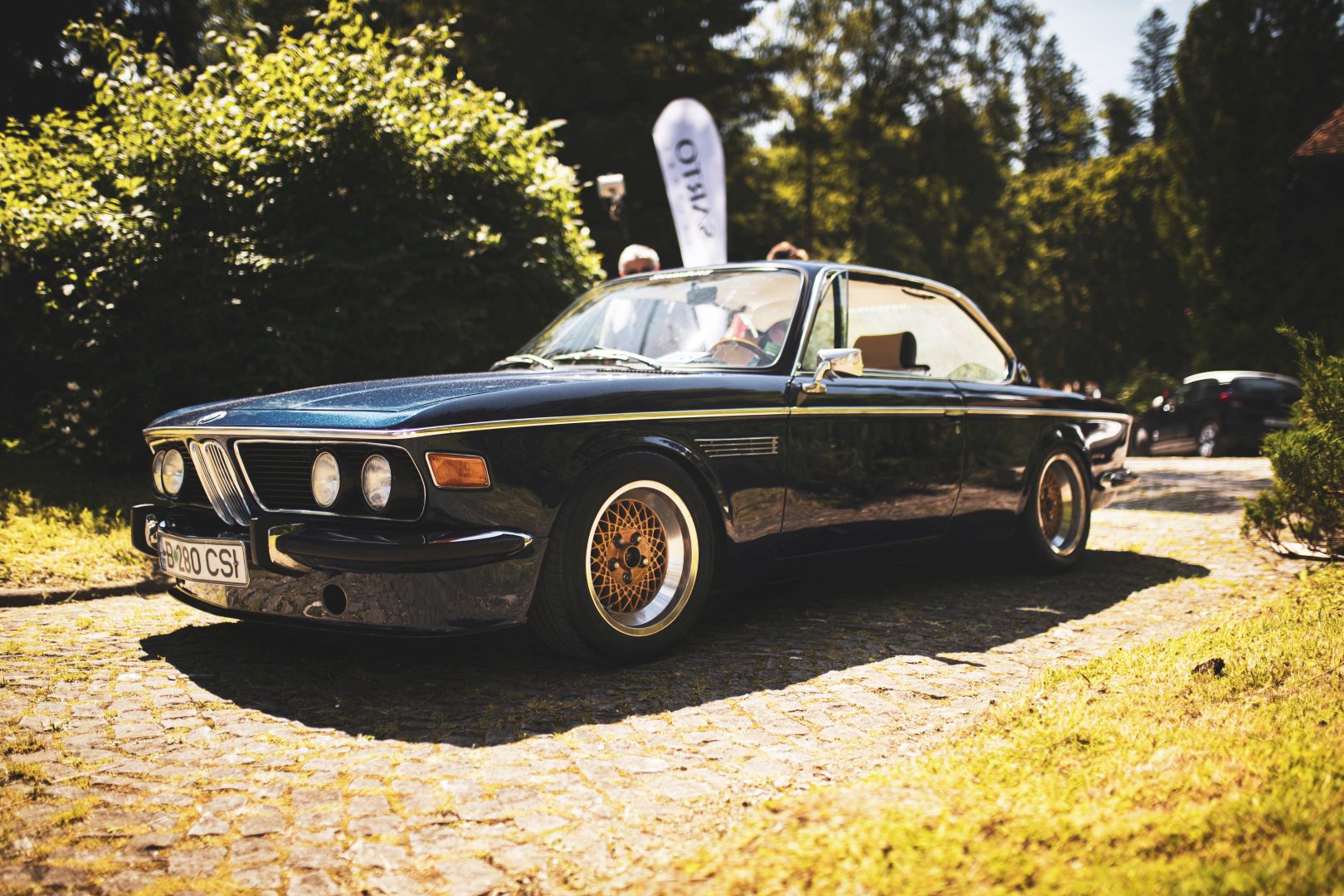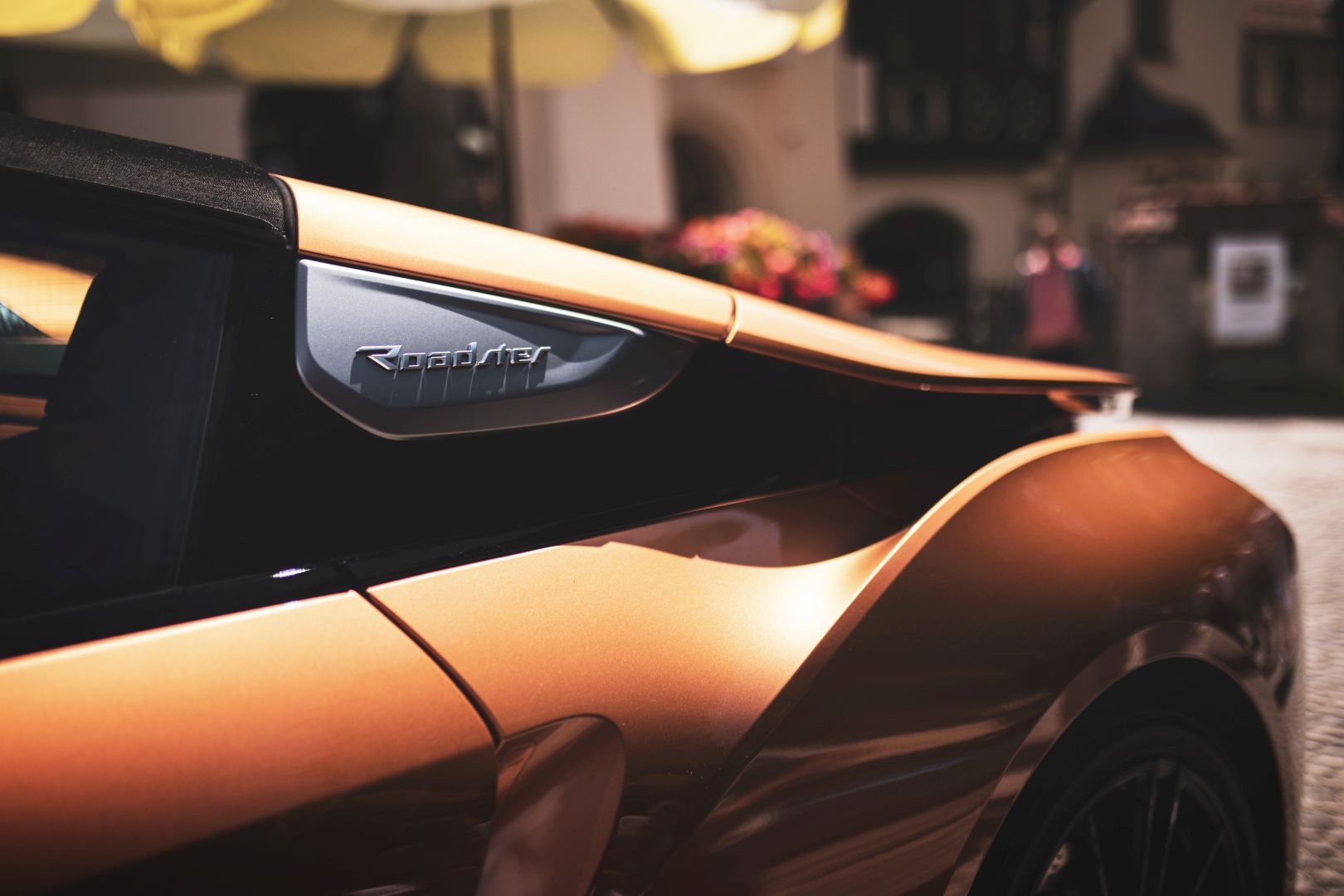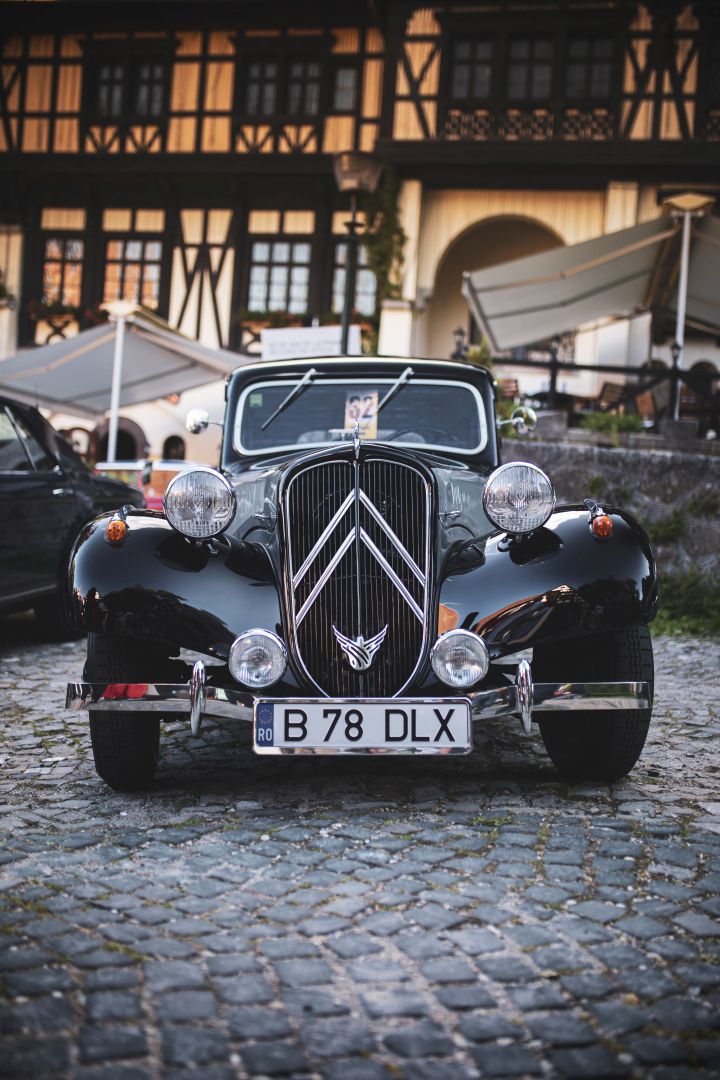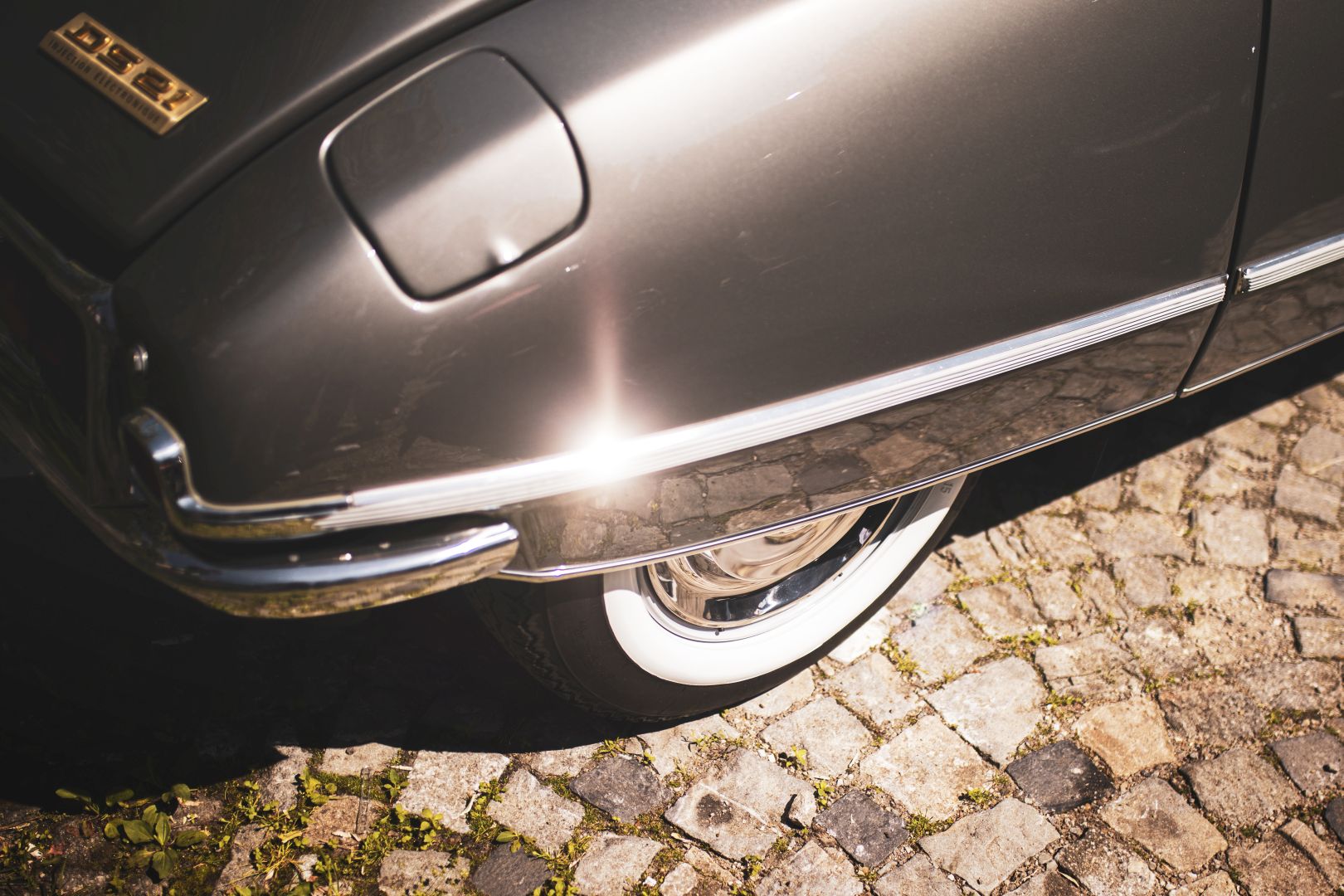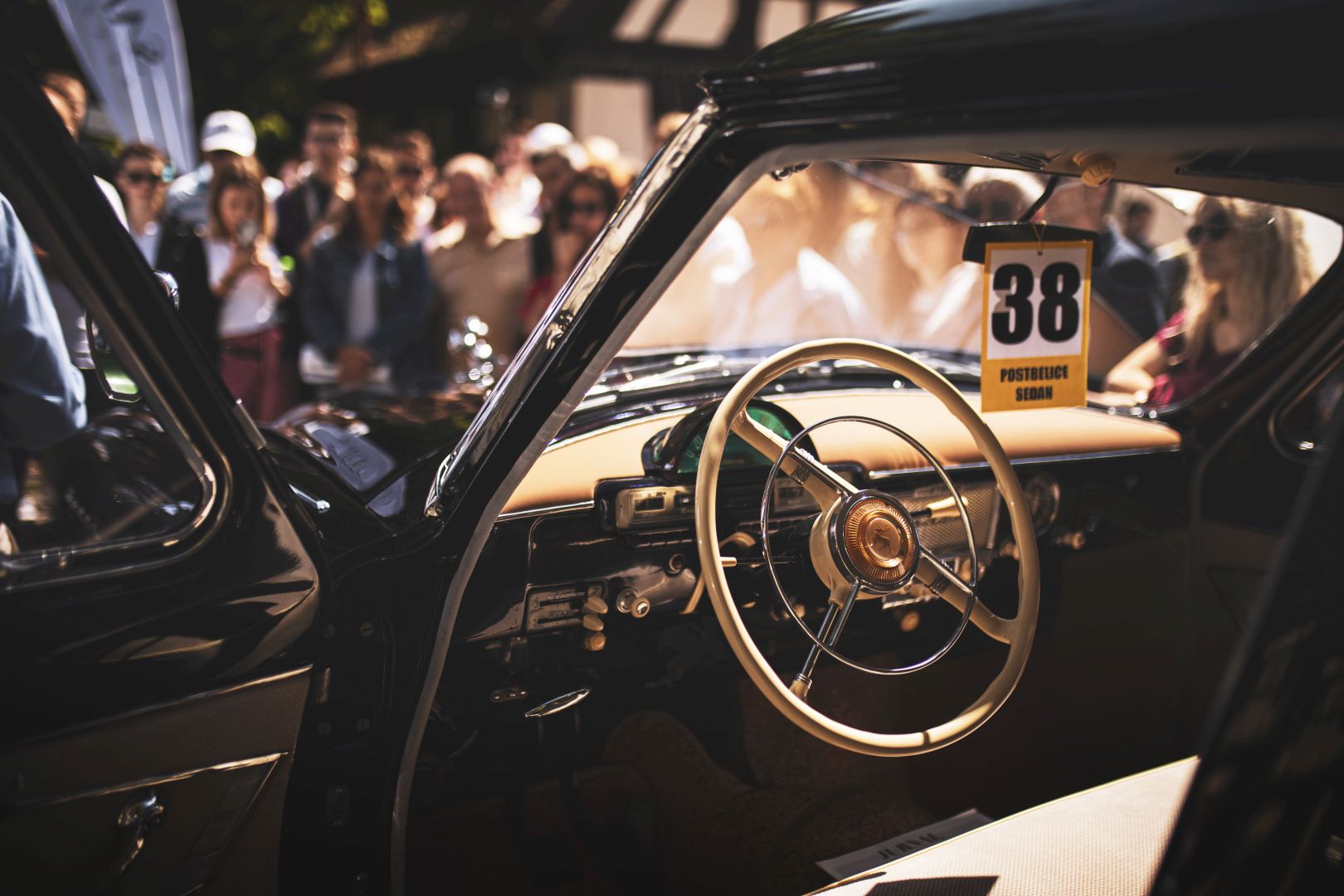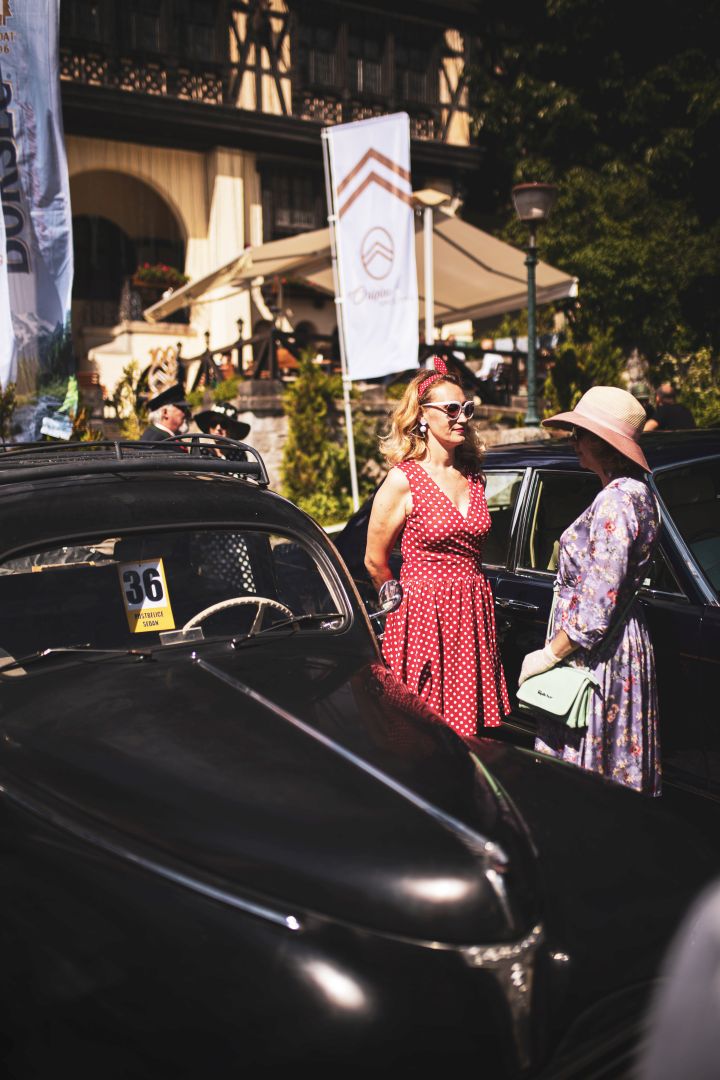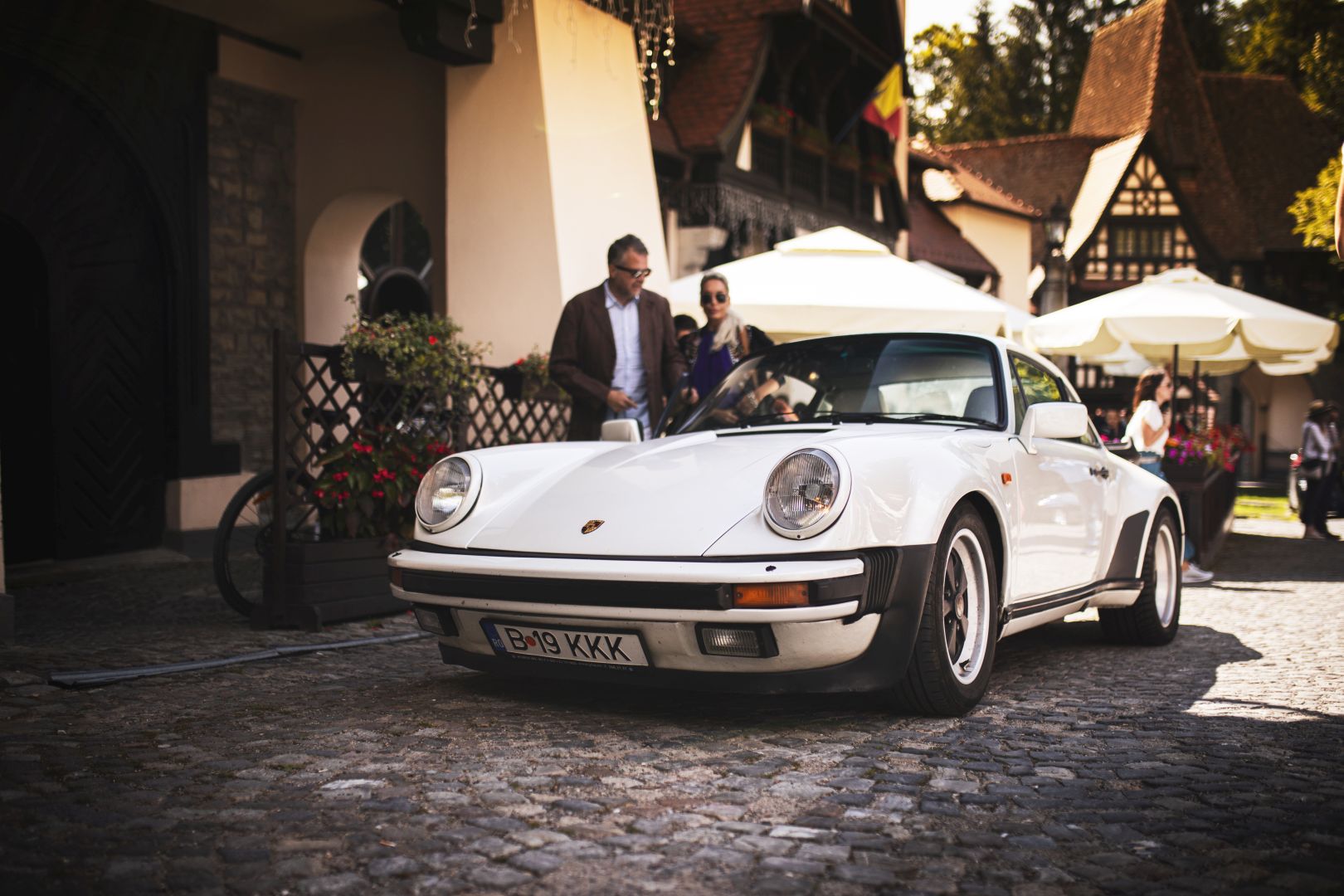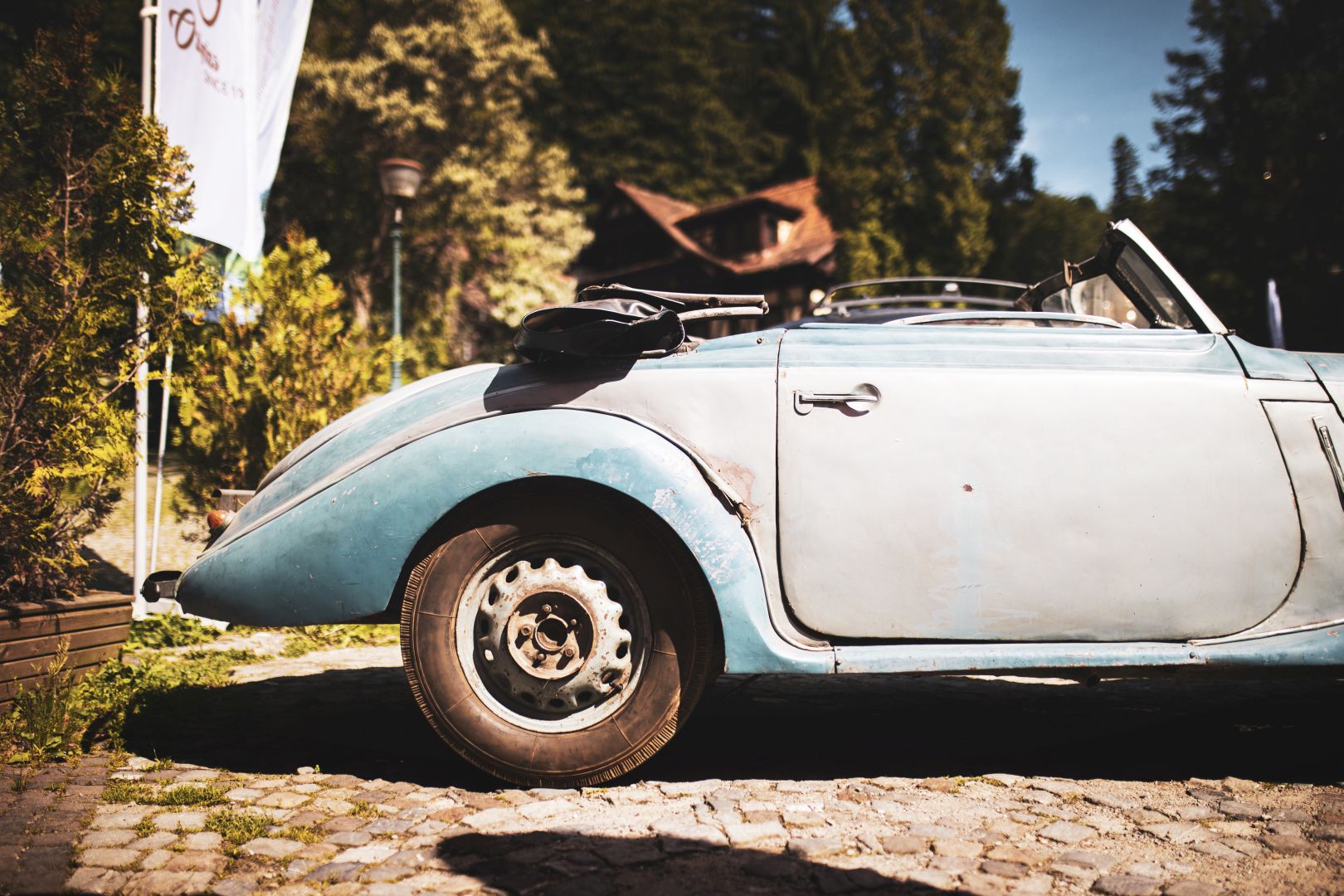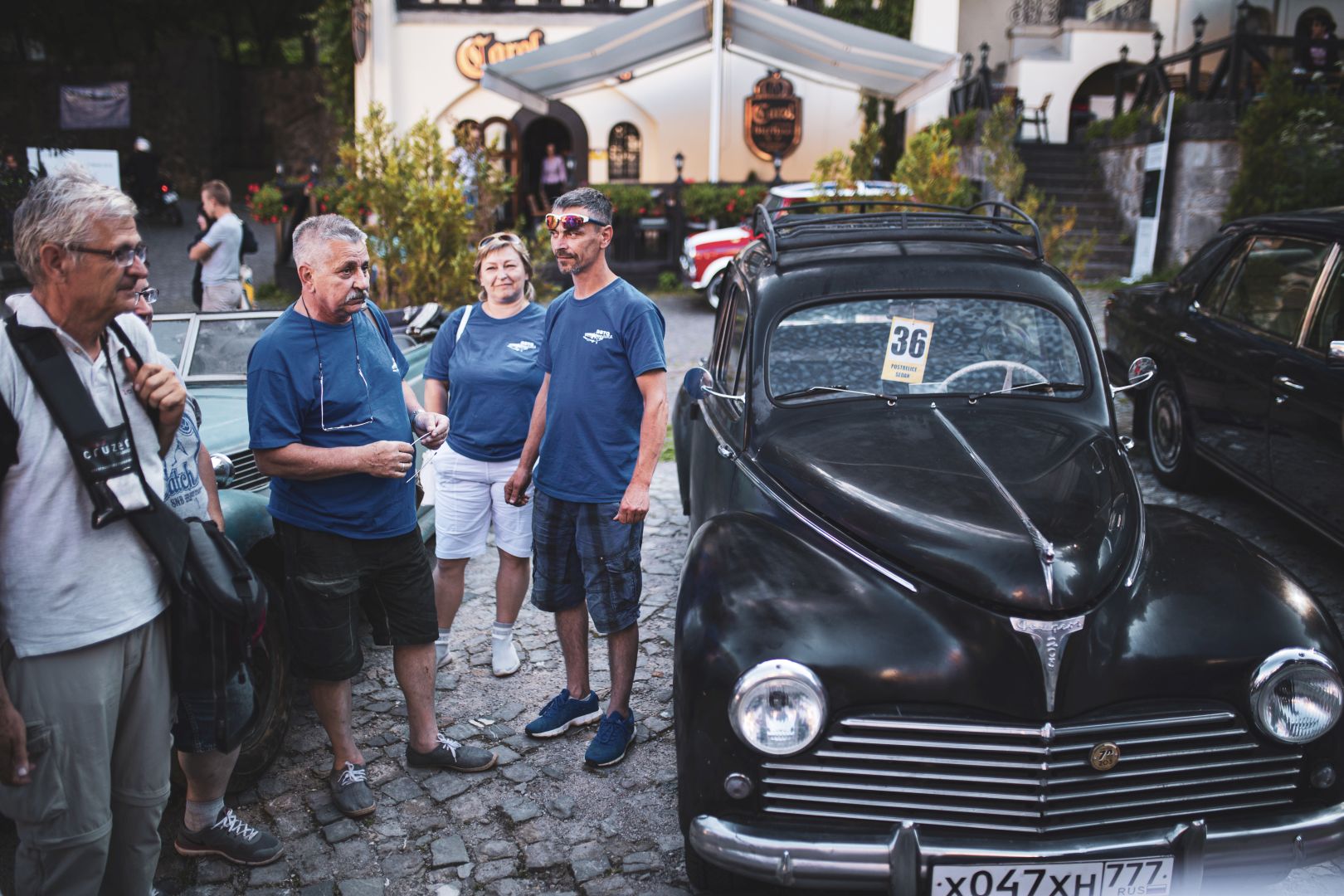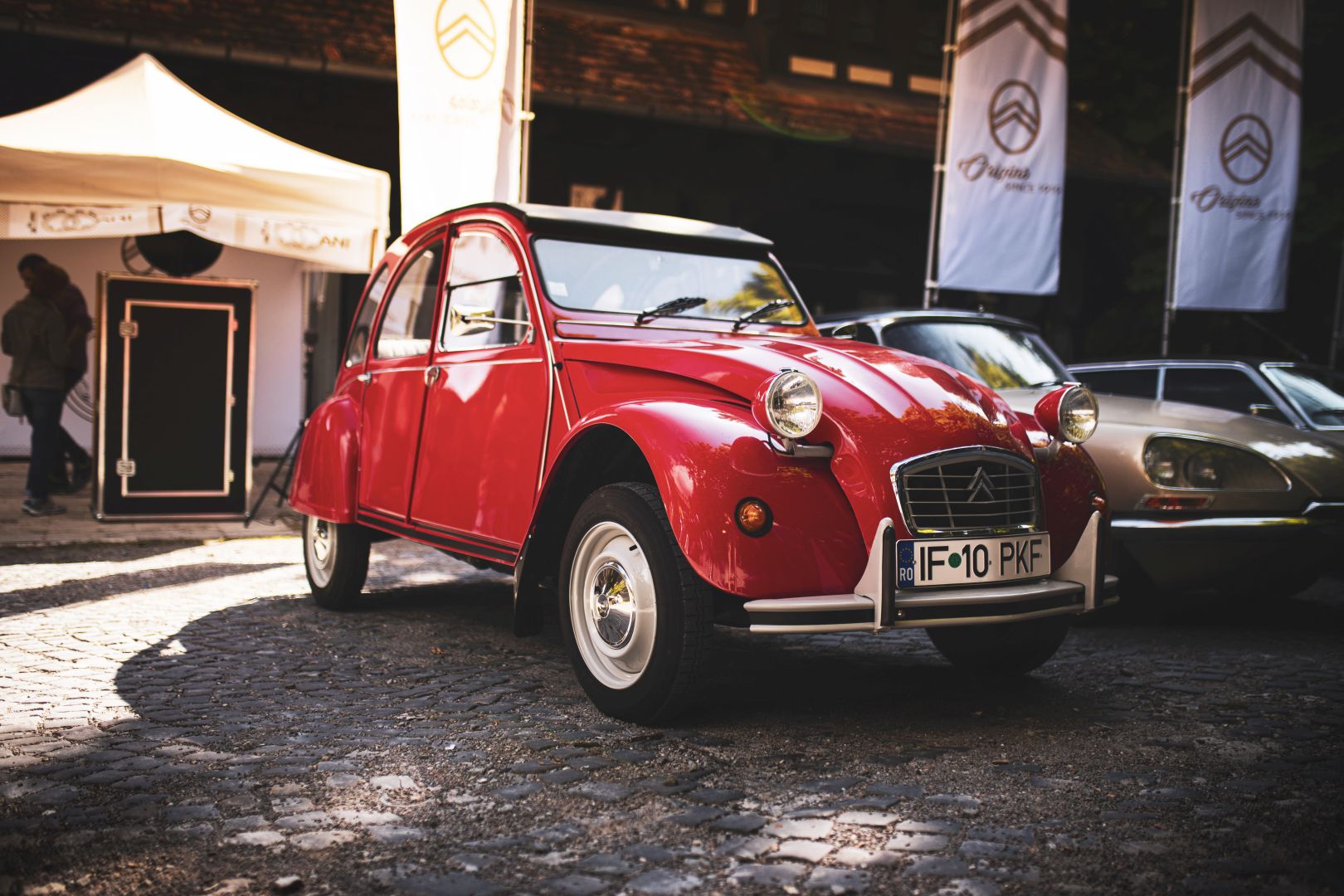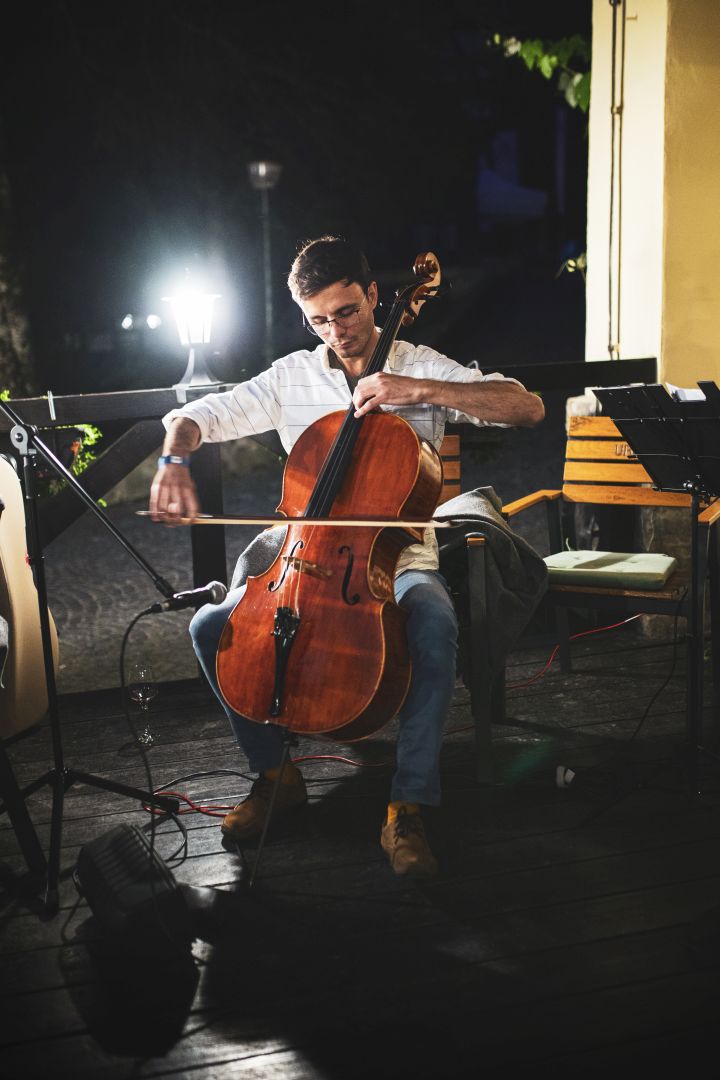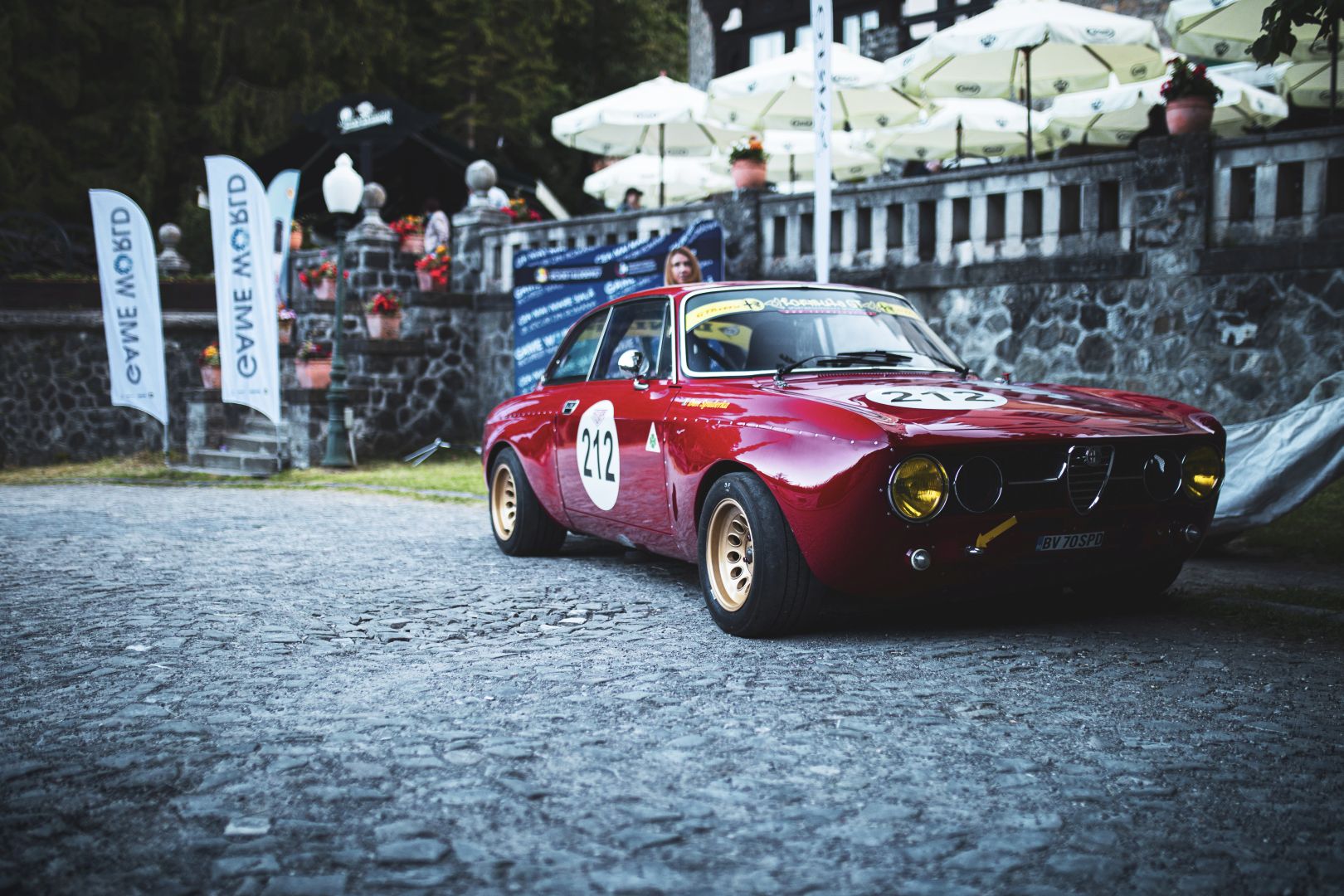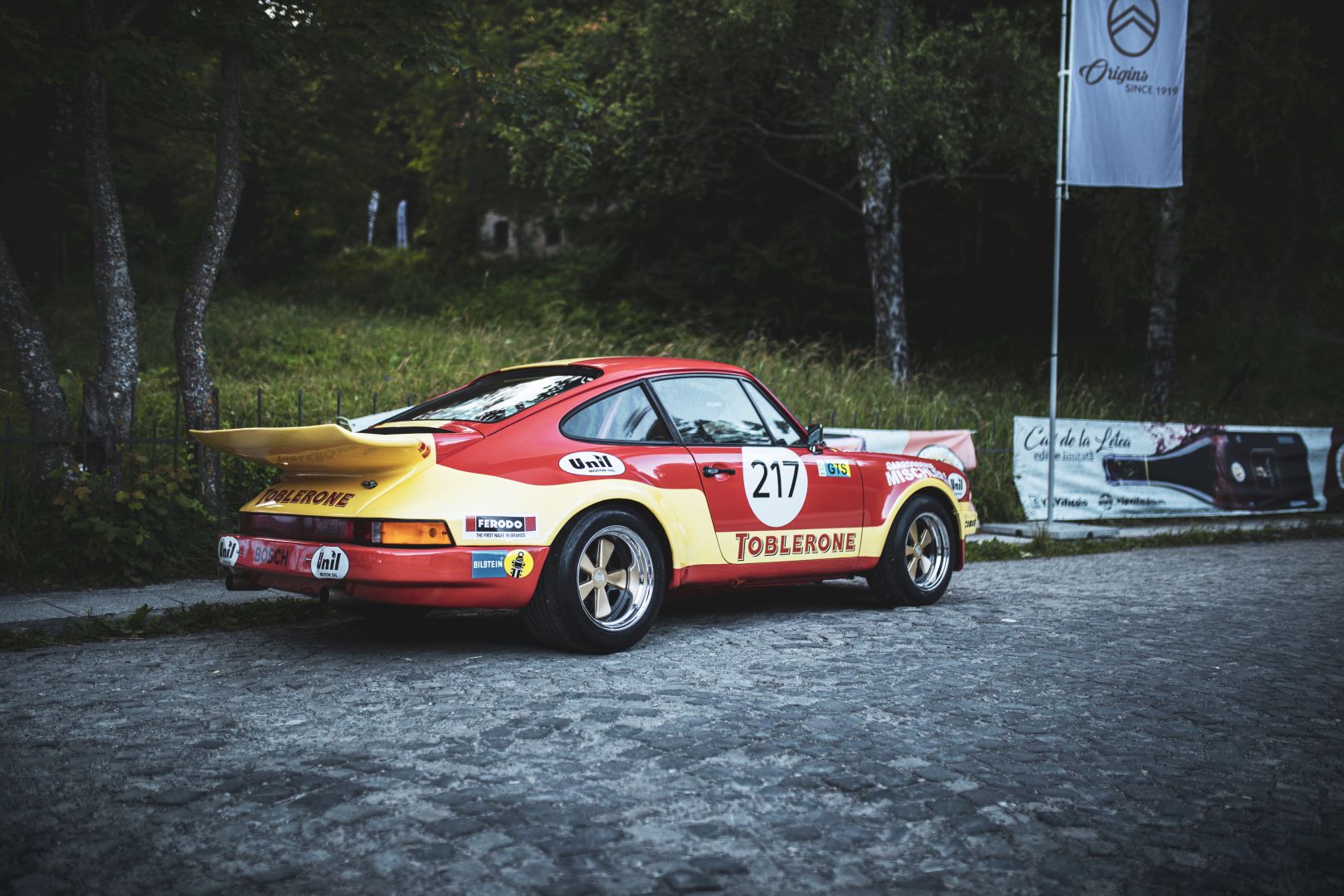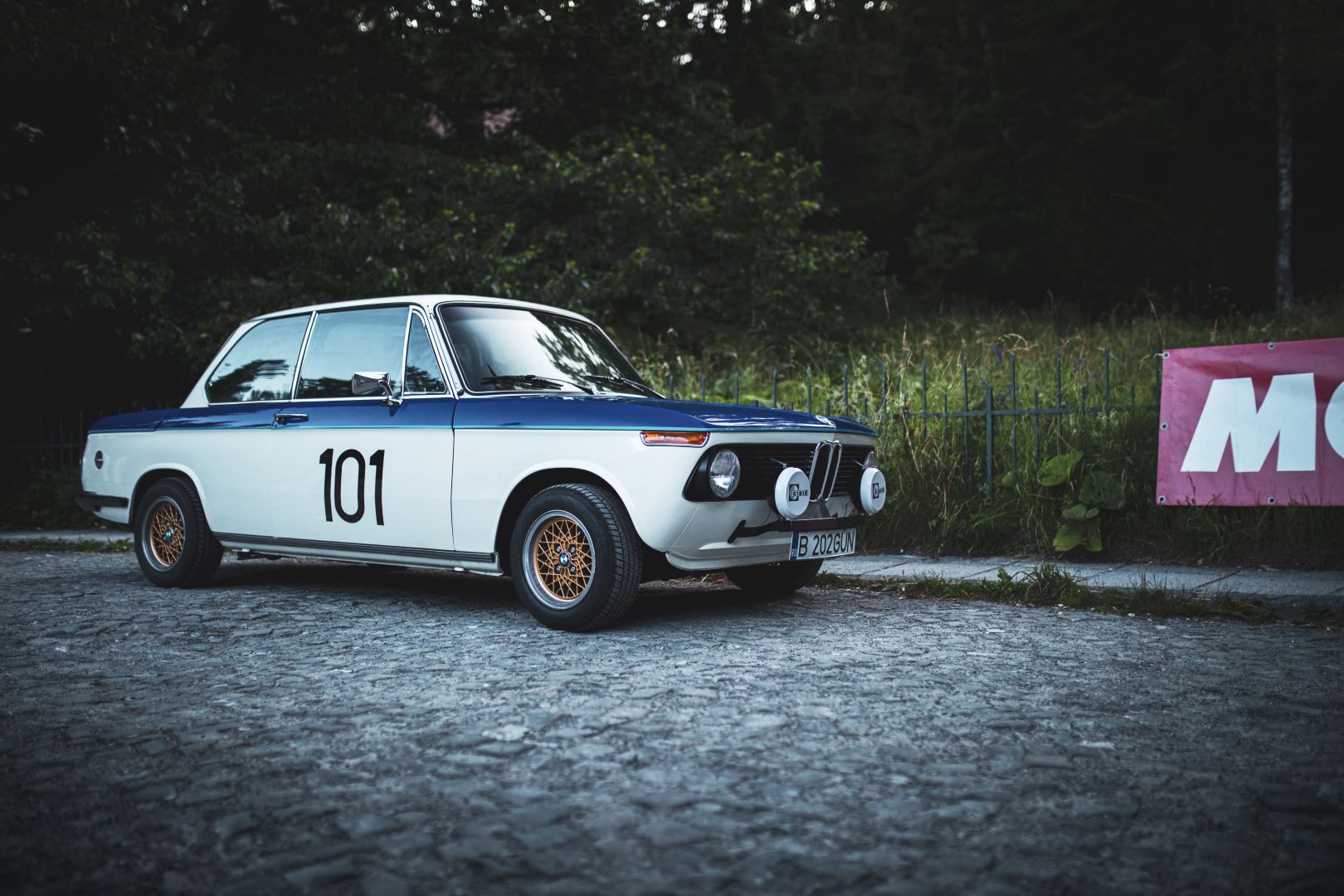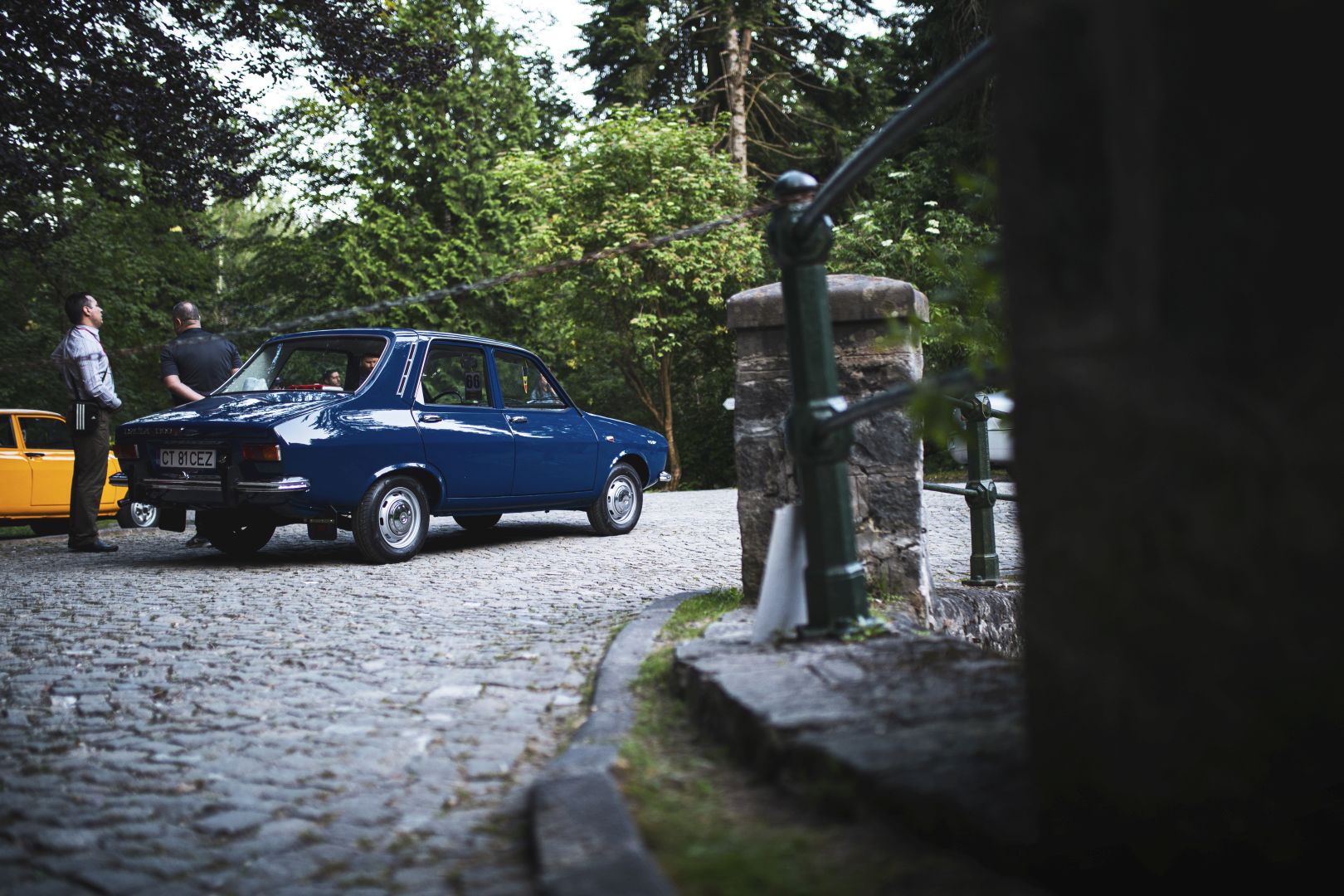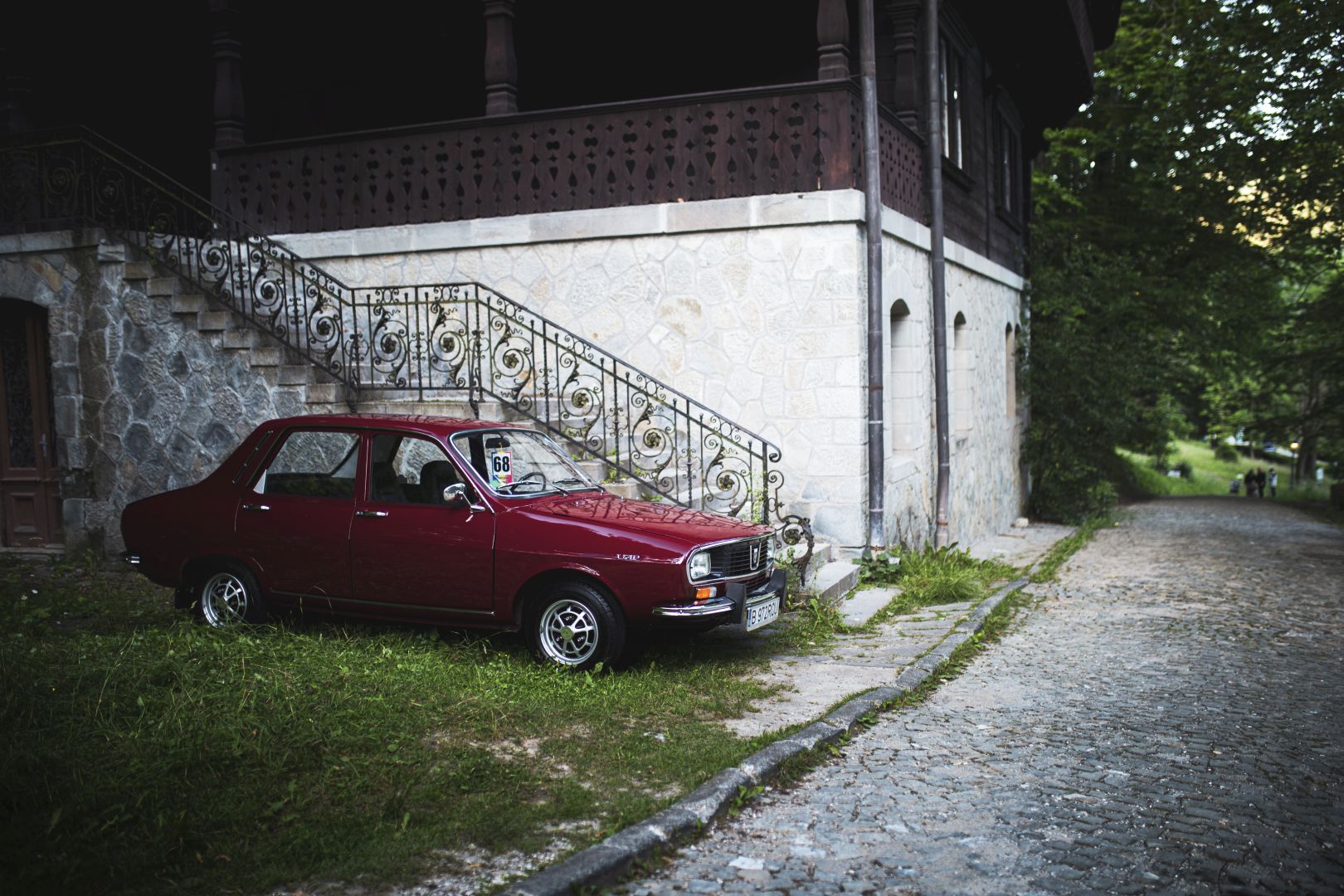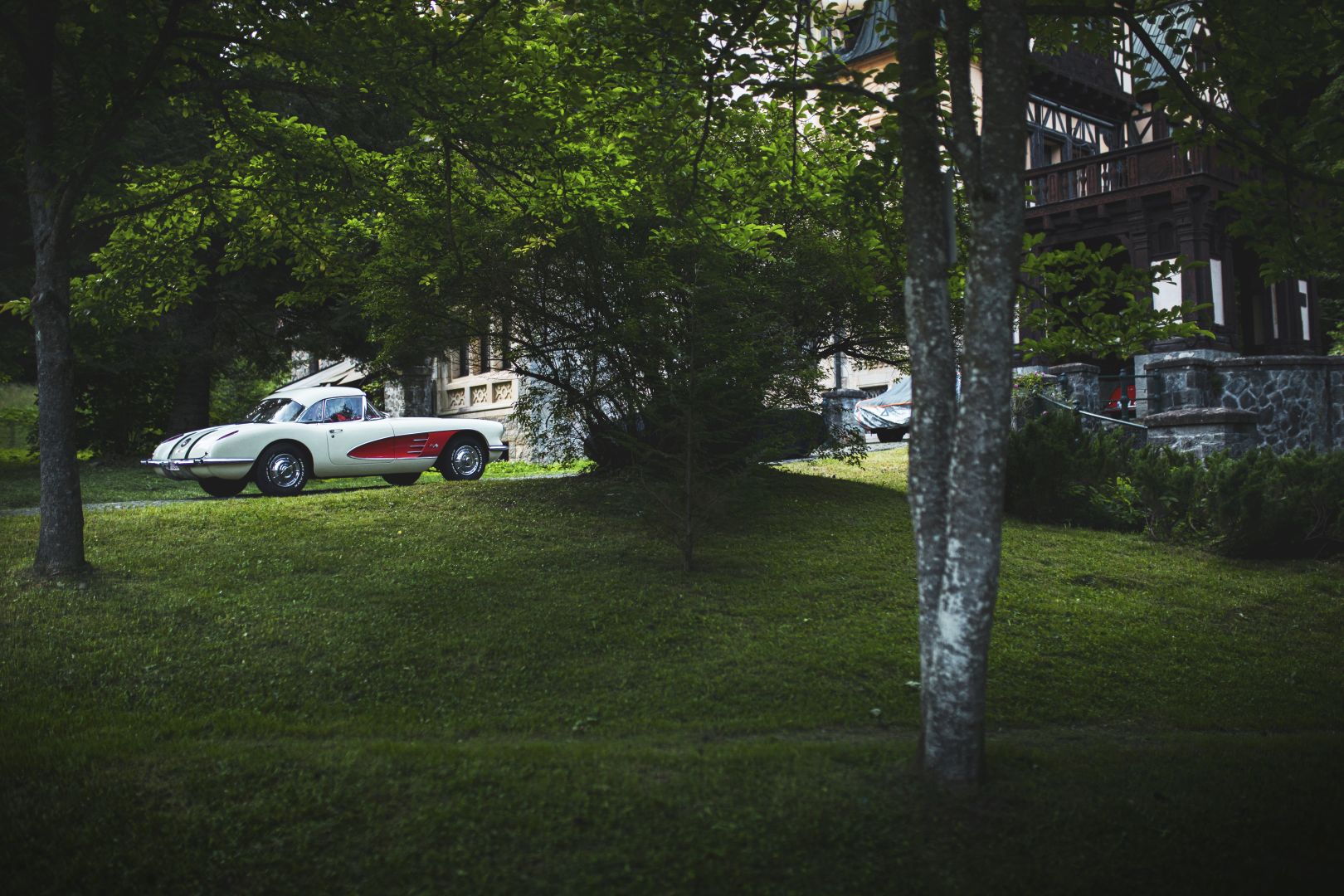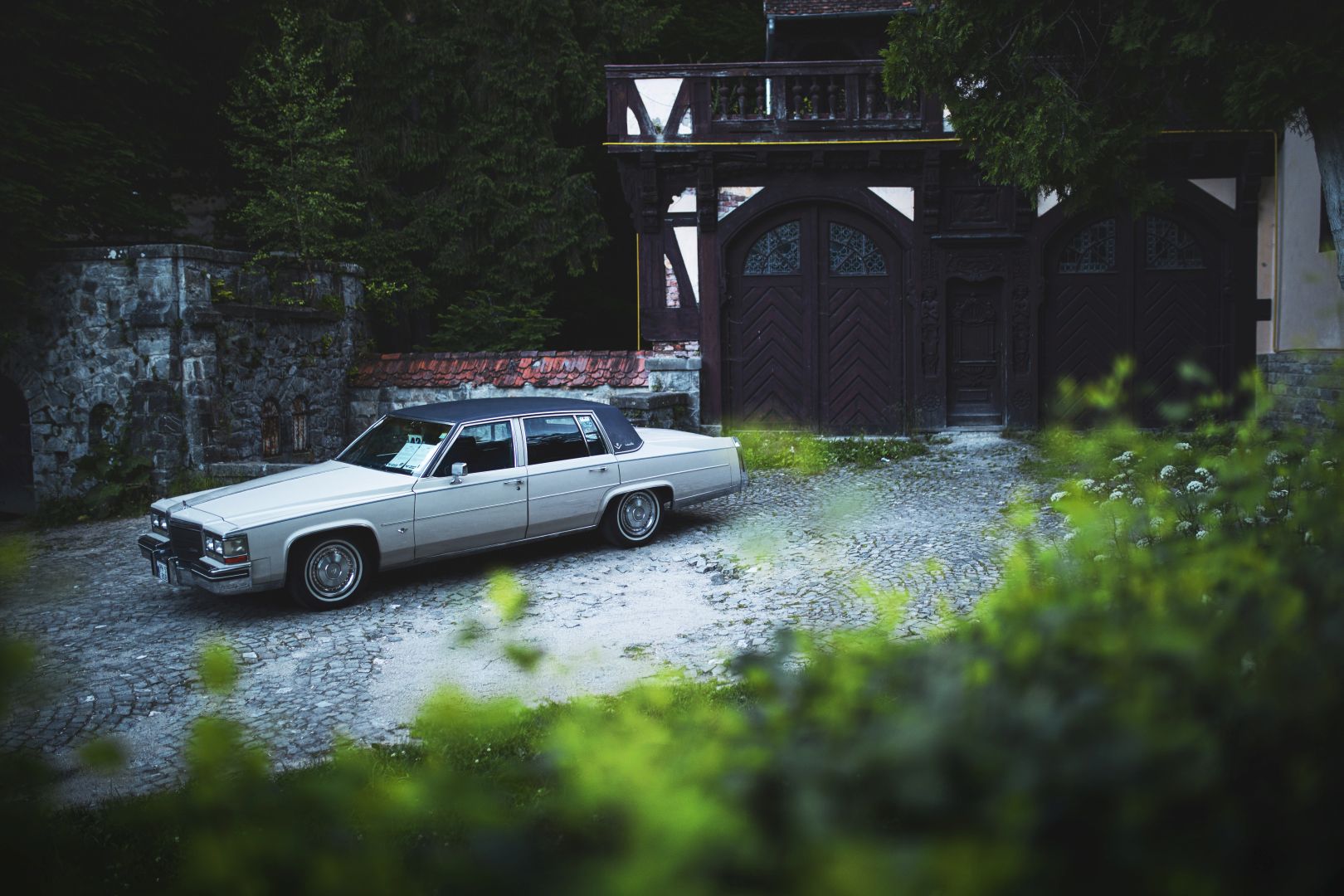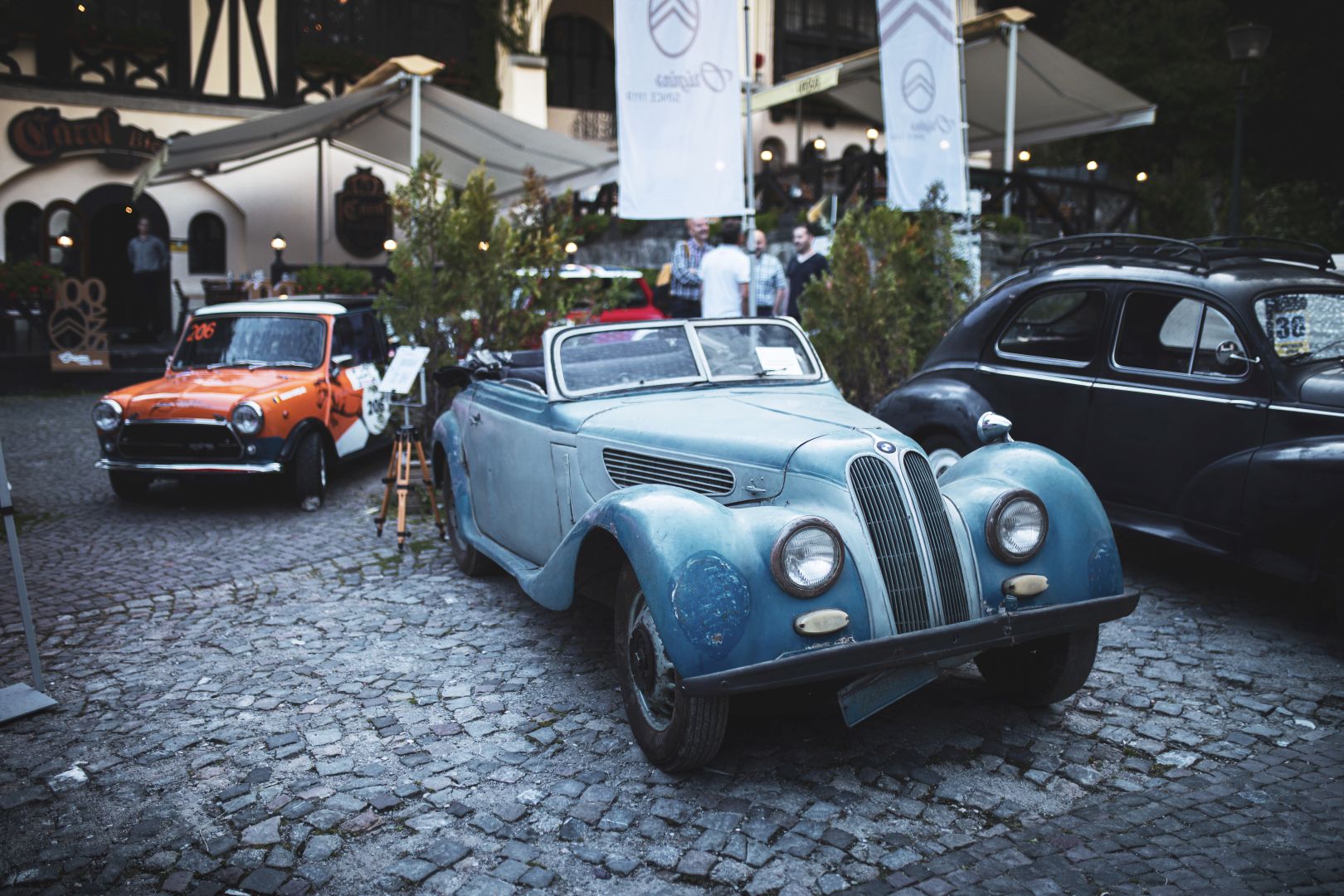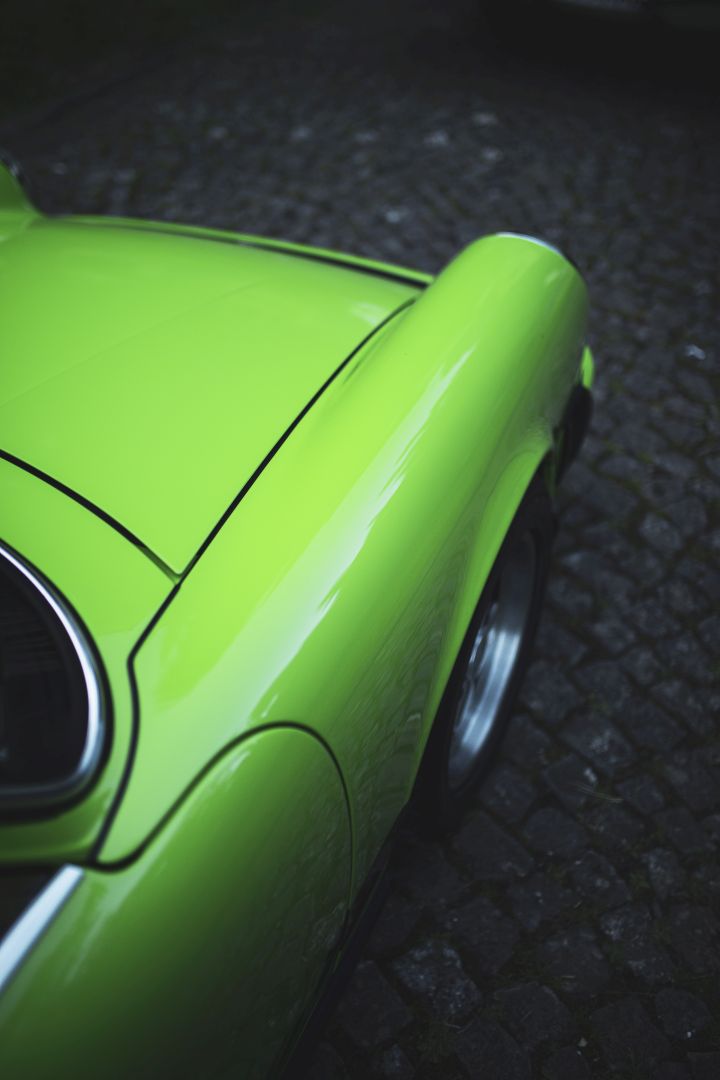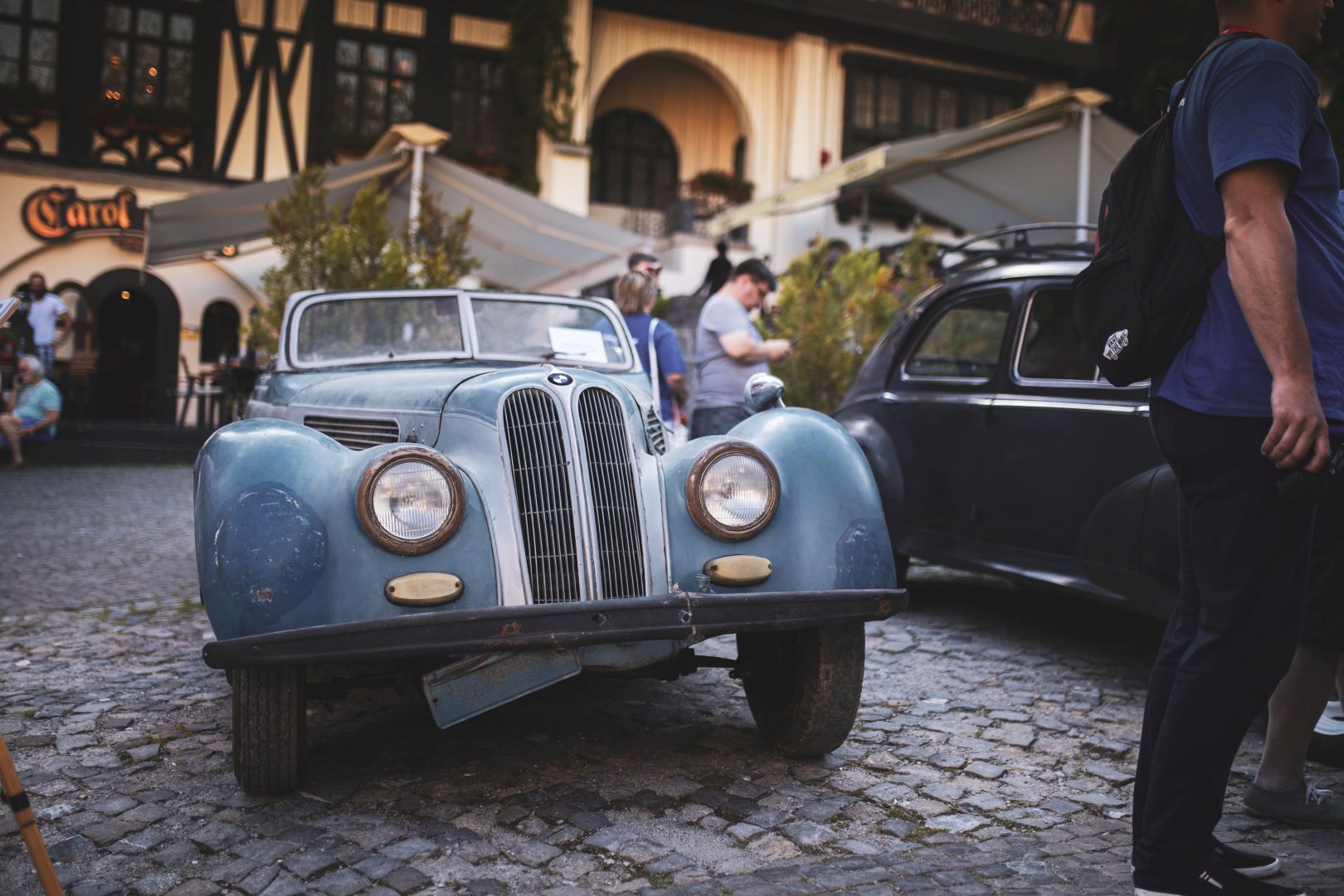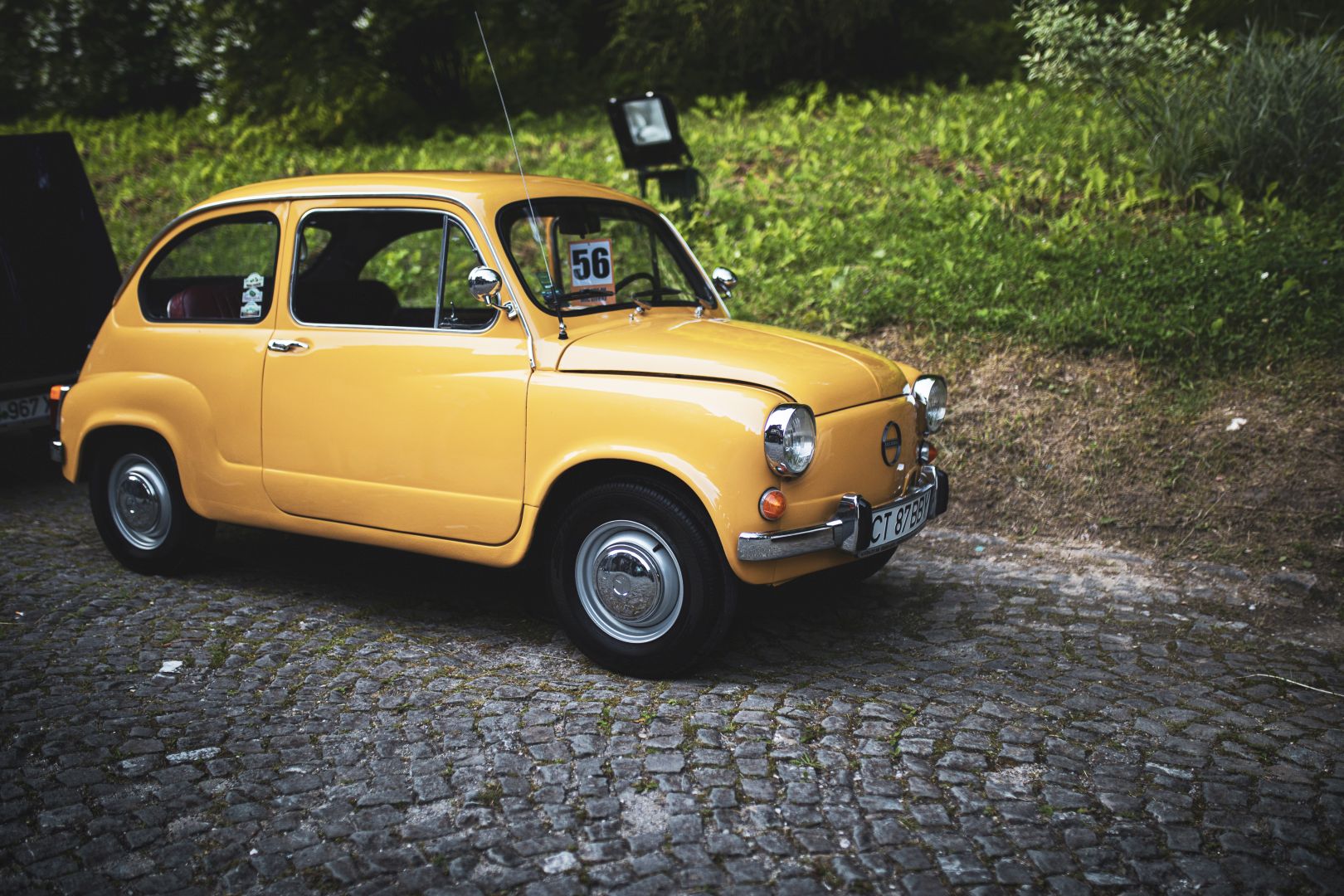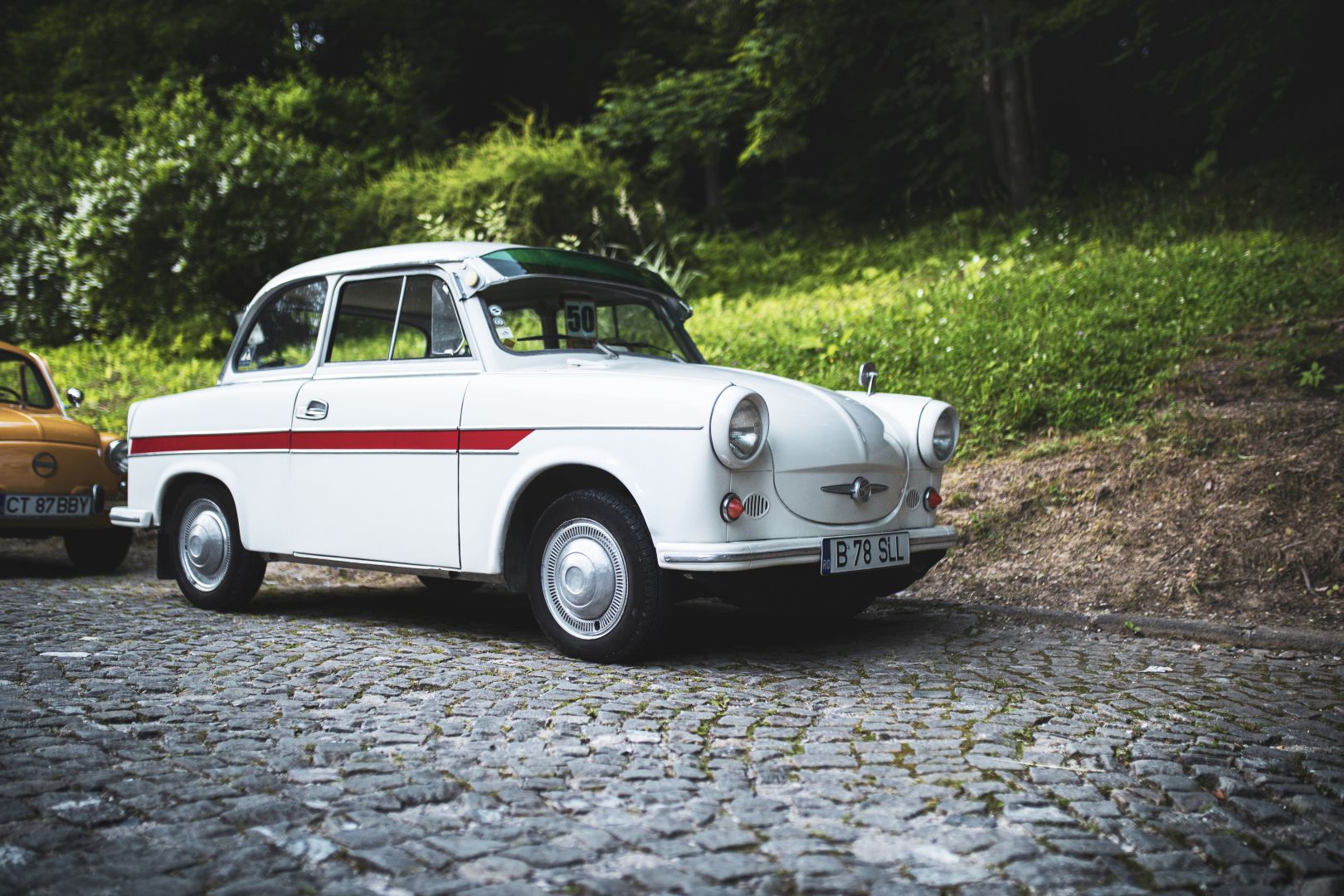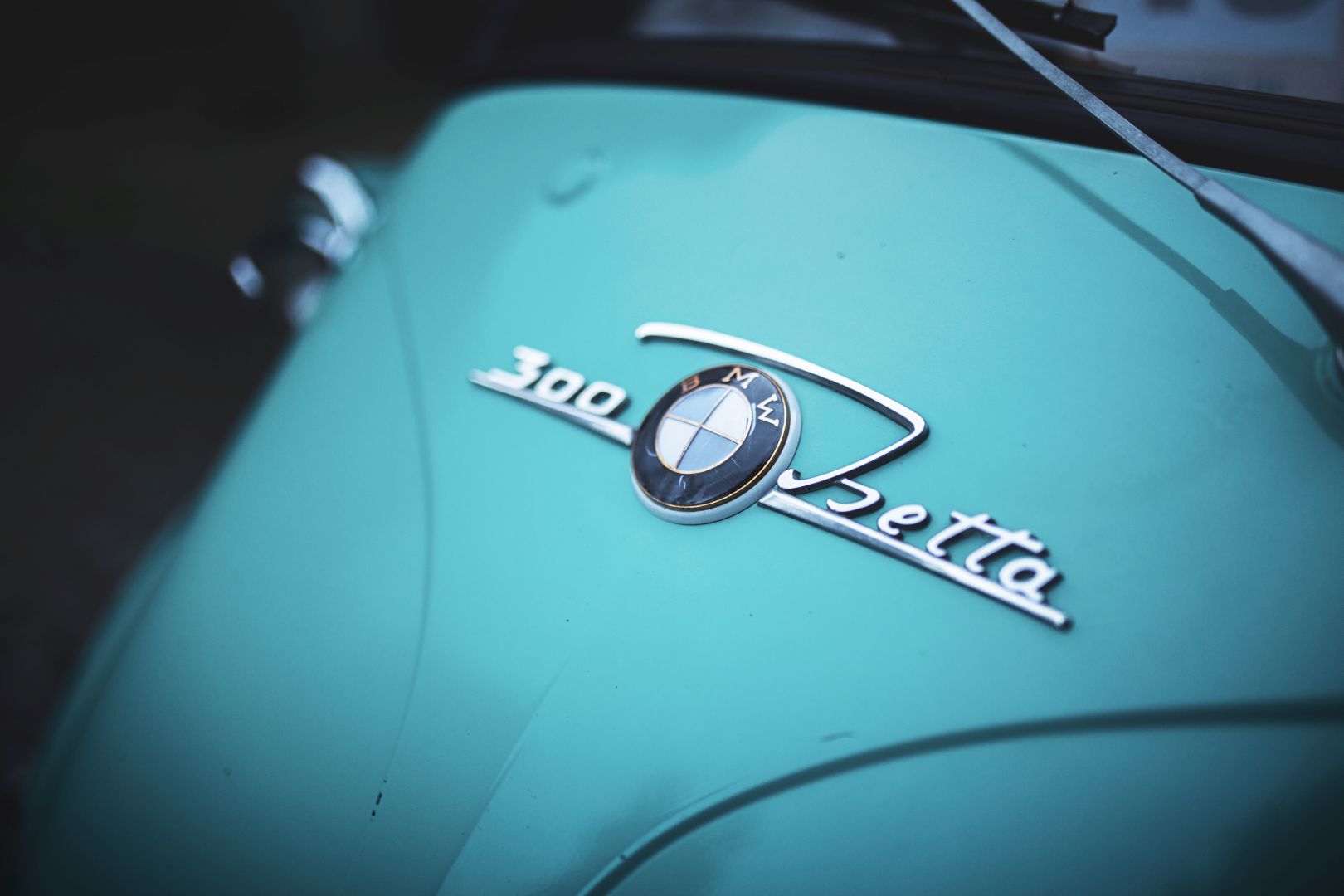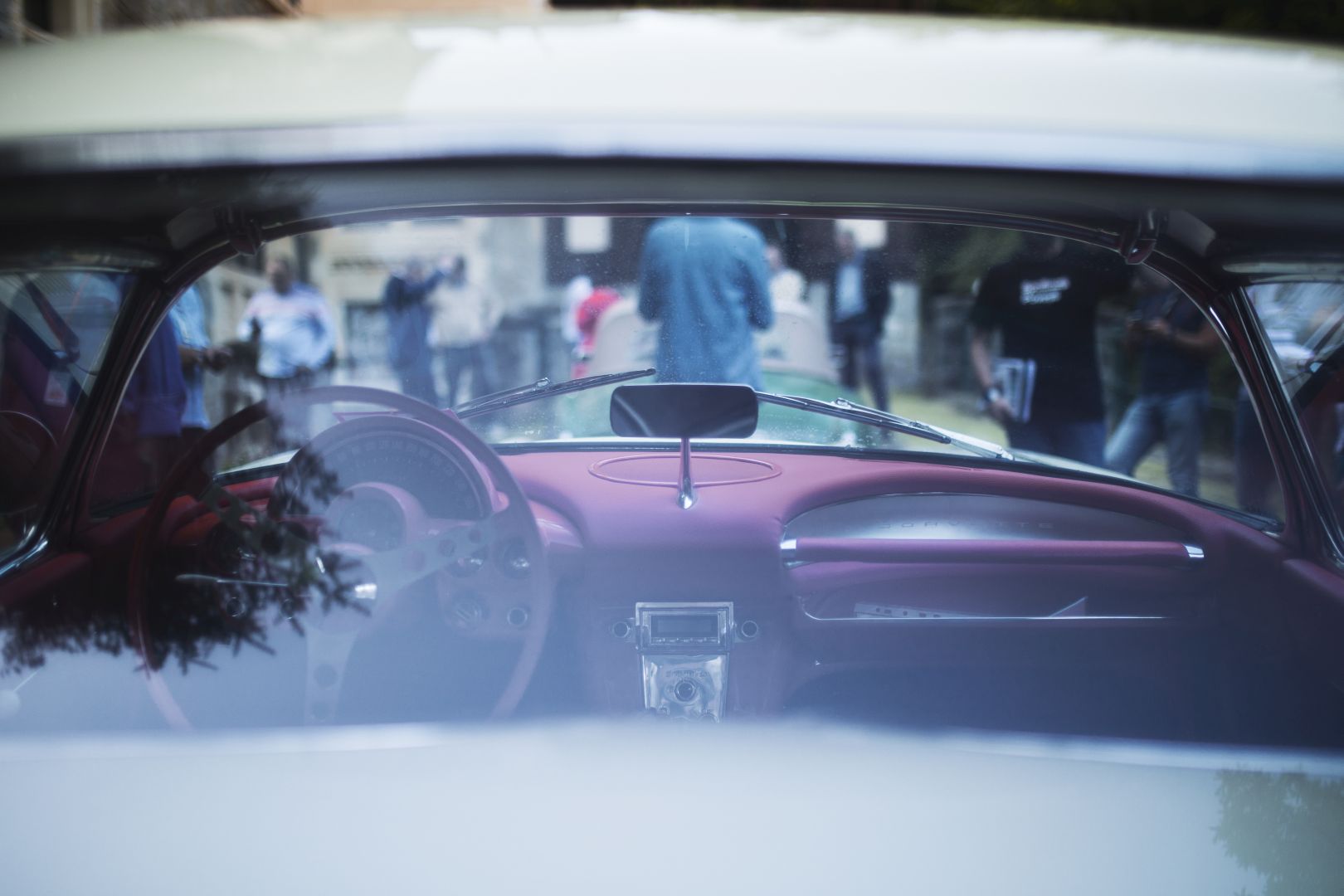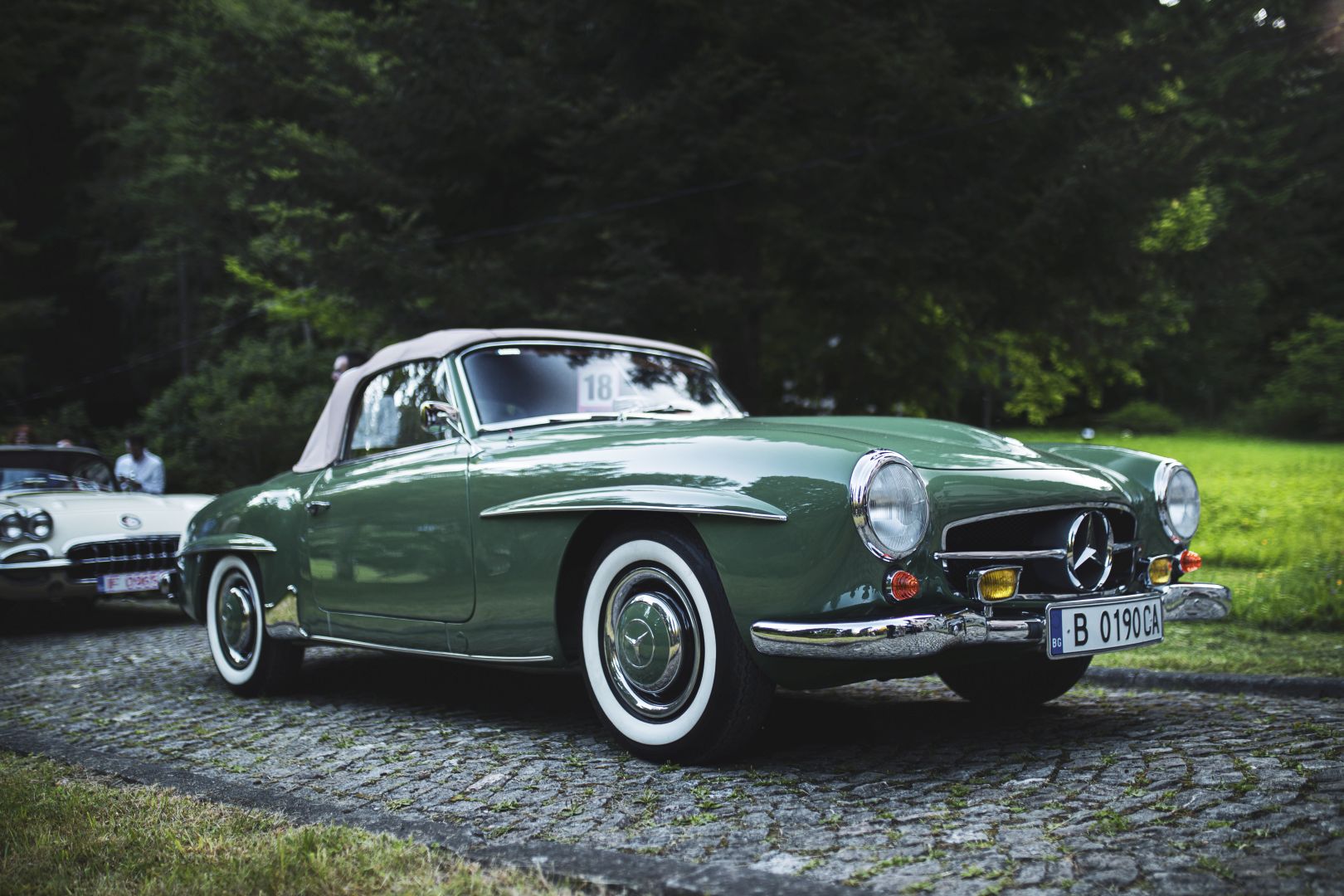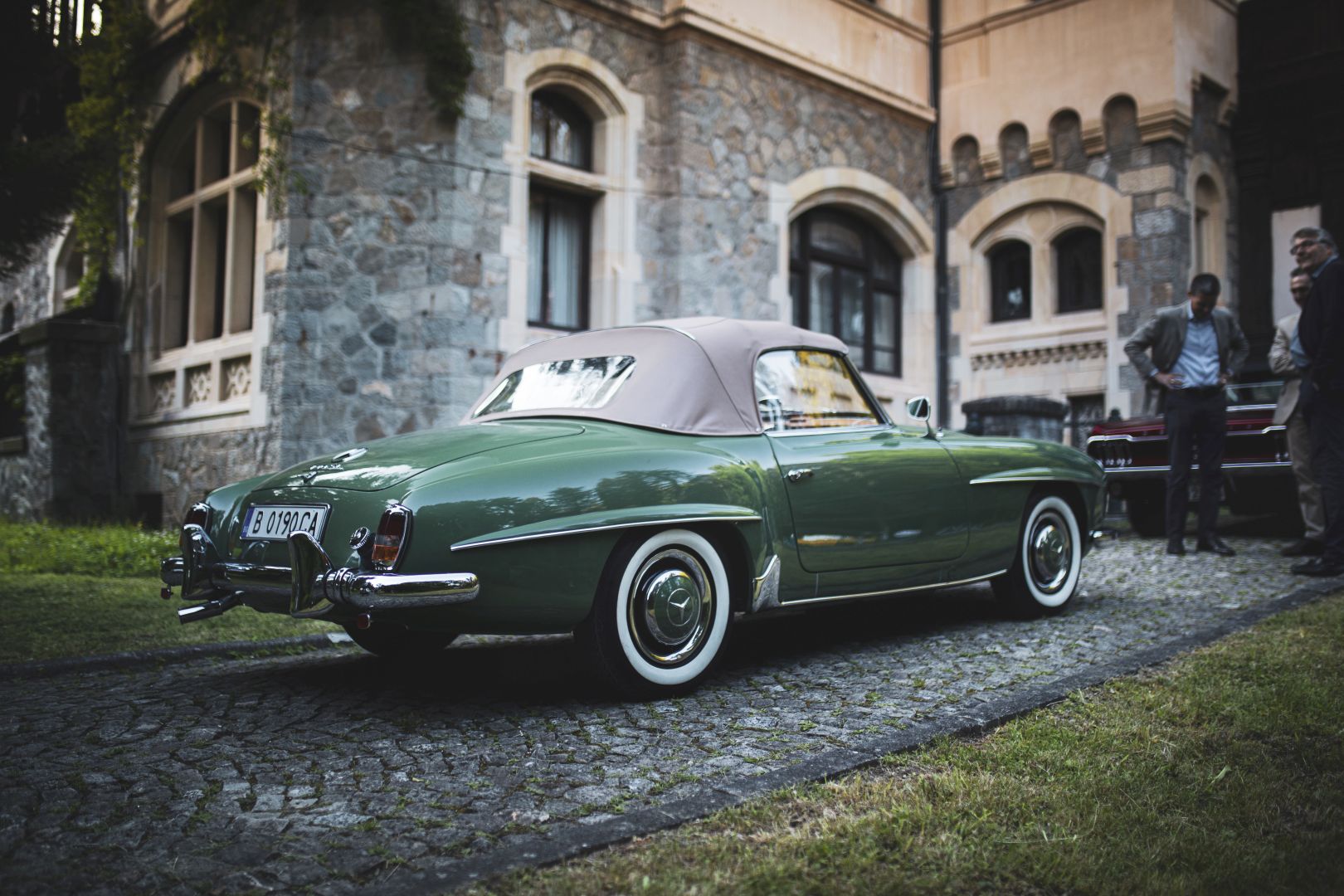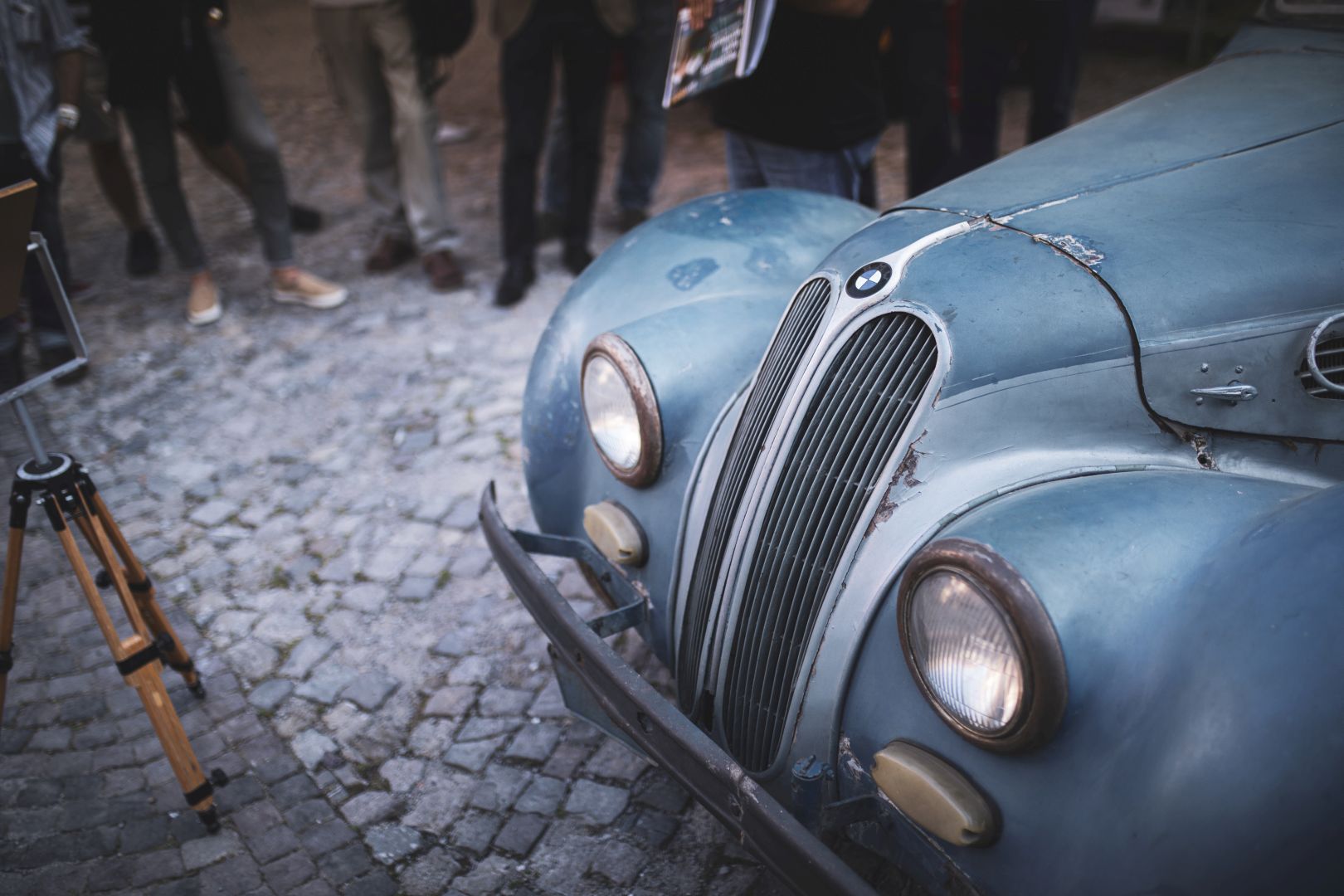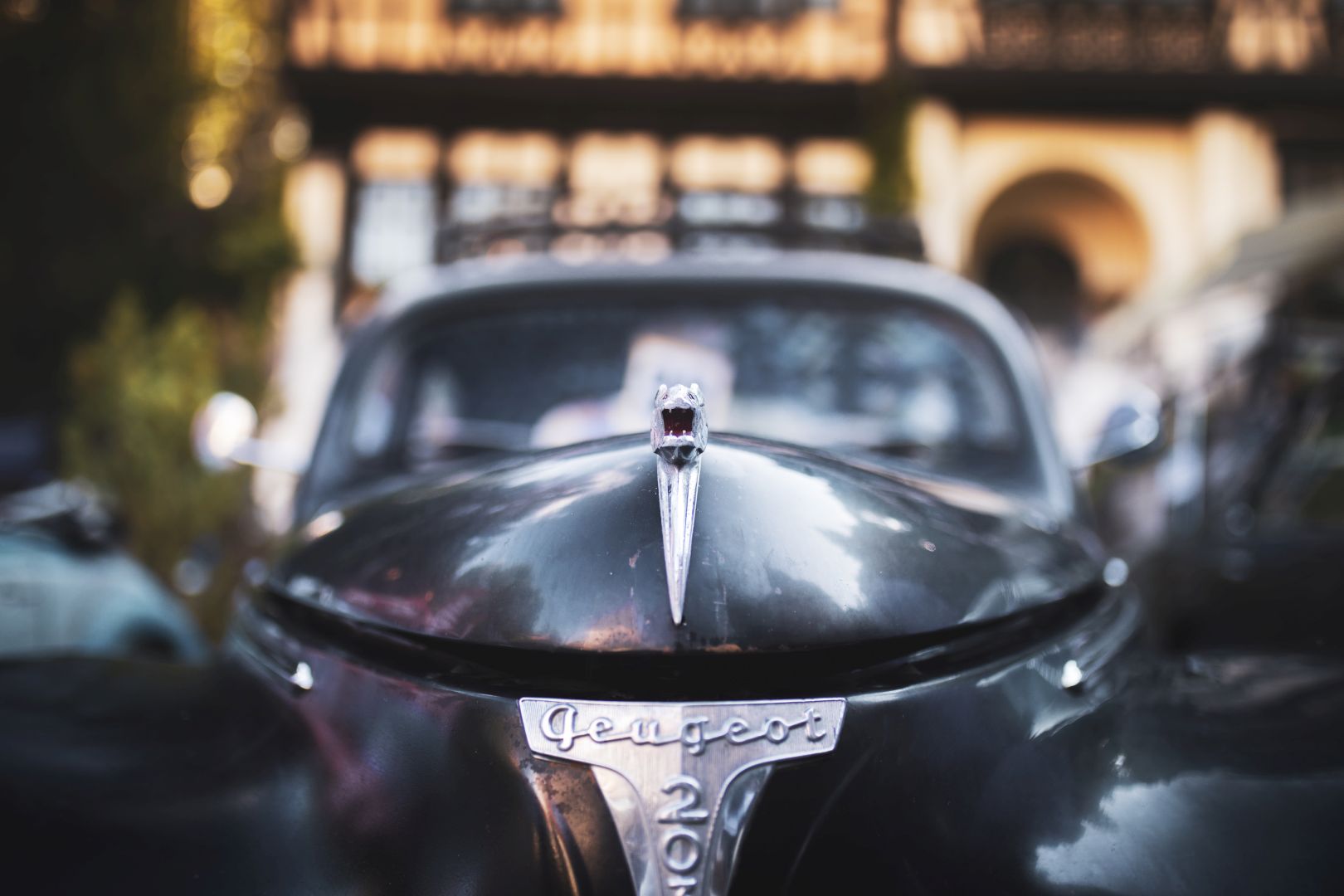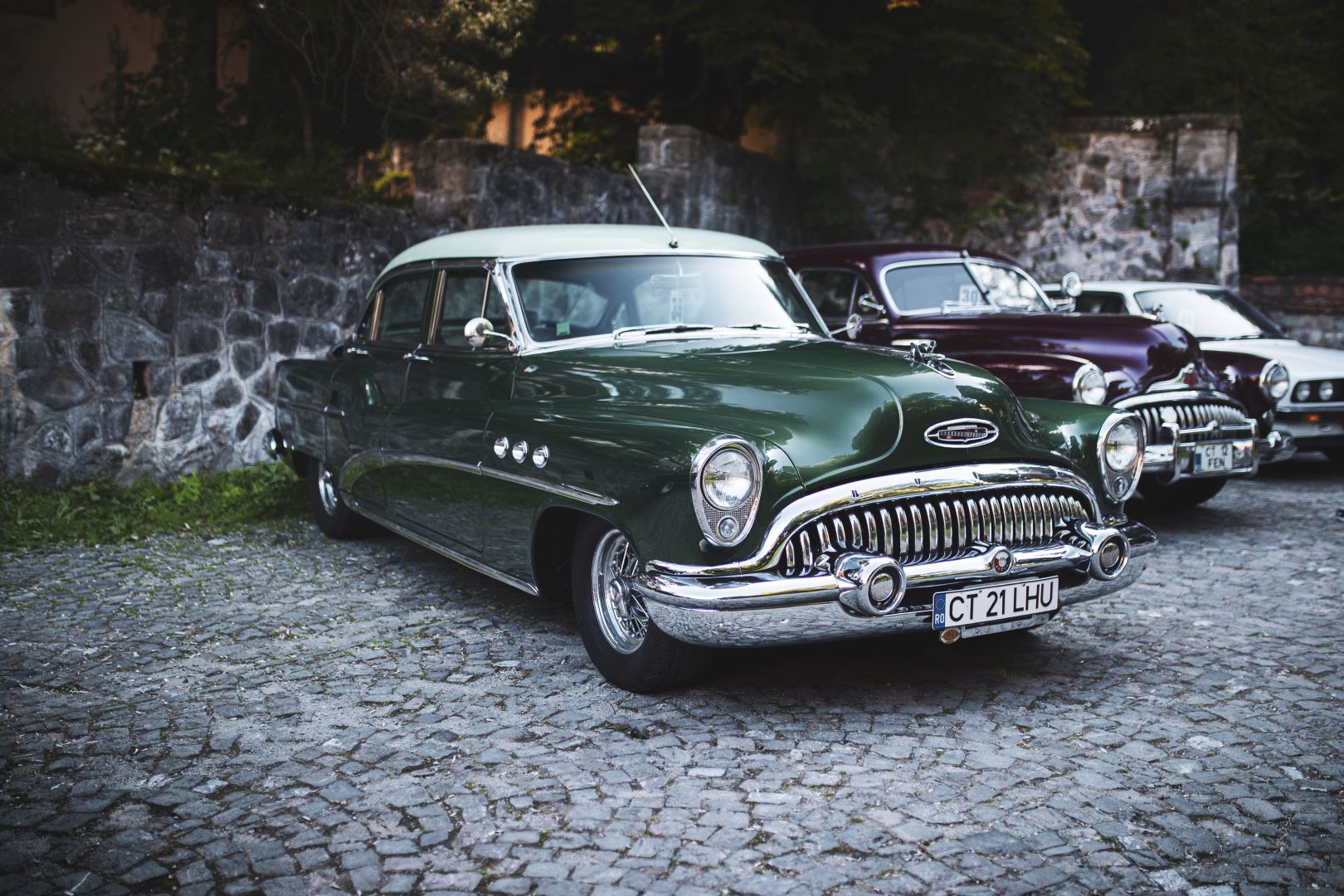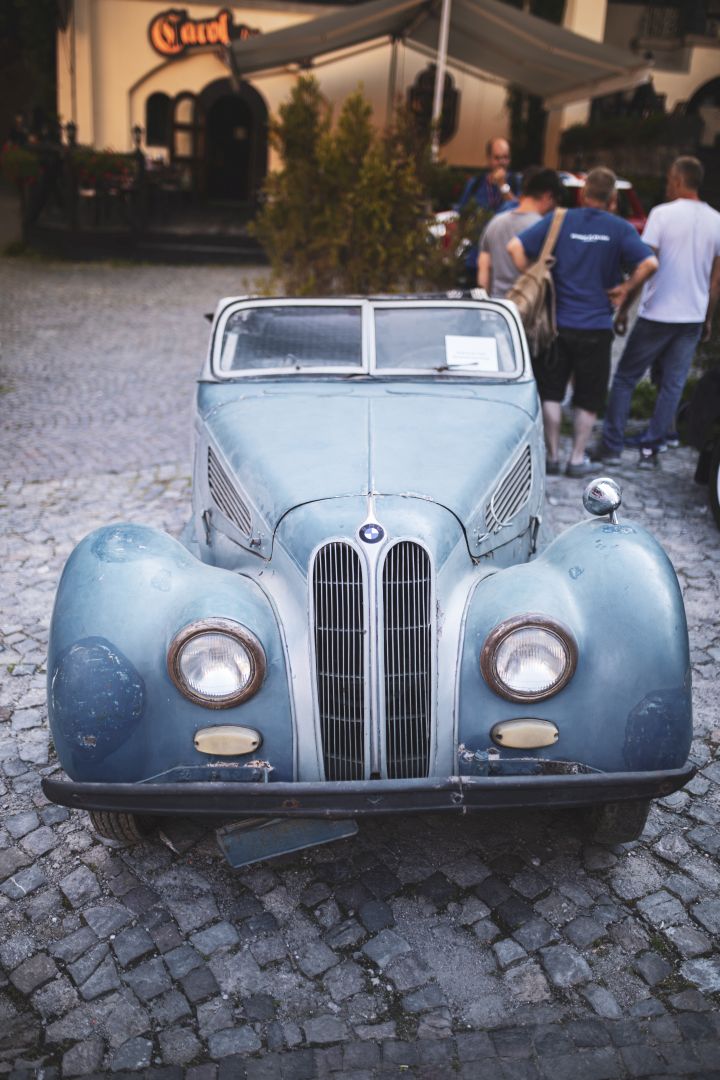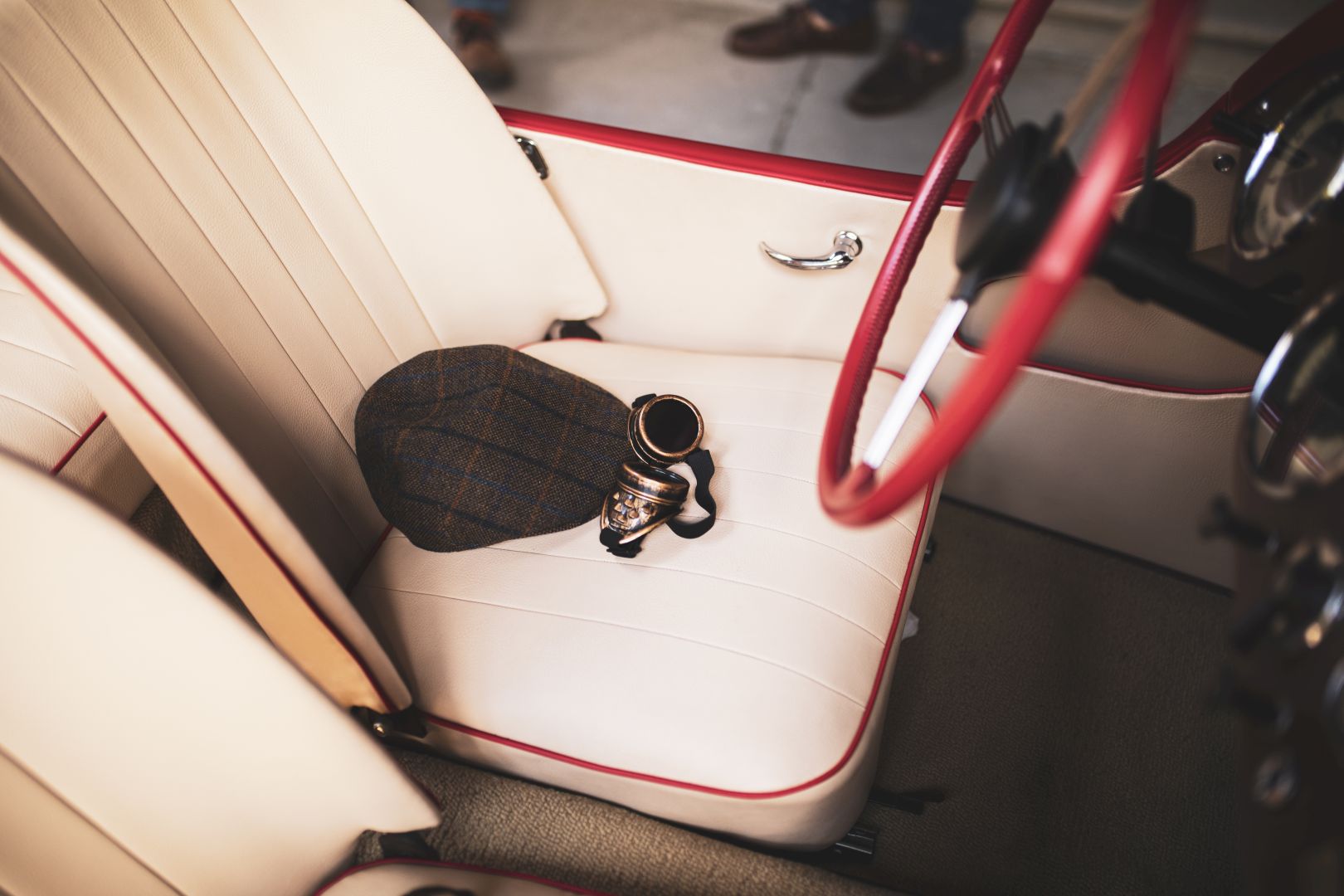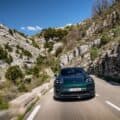It looks like there’s a trend developing these days, a trend of creating events where some of the most beautiful shapes ever to bless the automotive world can get together and electrify a crowd. There are now hundreds of Concours-style events happening every year around the world and yet, only a handful can actually look back and take pride in the fact that they have been taking place since the early 1900s. One of them, as surprising as it may sound, is the Sinaia Concours d’Elegance.
The first edition took place in 1934 and was hosted by the Romanian Auto Club with the help of some very important people. Back then, Romania was a Kingdom, with a King and a very young prince, who was very much into cars. The man who would become King Michael I was always fascinated by automobiles, and, when someone came up with the idea of reviving the Sinaia Concours in the 2000s, he was the first one to answer the call. Since 2010, the Peles Castle, owned by the Romanian Royal Family has been the meeting place of iconic cars and intriguing stories every last weekend of June.
Over the last few years, we’ve become sort of ‘regulars’ of the show, being invited to every single edition. Since BMW is one of the sponsors, just like it’s the case with the Villa d’Este Concorso d’Eleganza, we’re rather lucky to be invited over to the Carpathian Mountains every summer to see some iconic classic cars. What you need to know, though, is that the Sinaia Concours isn’t your typical show where rich people just come by to flaunt their ridiculously expensive cars from the past century. Although some could hang with the best of what Pebble Beach or Villa d’Este have to offer, the main focus at Sinaia is on the stories and, why not, the legacy behind each car. To me, the cars in the show this year seemed to be highlighting more than ever that a strong legacy matters.
There were 35 cars competing for the title of ‘Best in Show’, split between eight categories. All of them were beautiful in their own way but, most importantly, all of them had a story behind them. Understandably so, some have struck home and will probably stay with me for a long time. For example, the story of a 1951 Citroen Traction Avant was quite intriguing because this model was owned by a family, not by a man. The one person on the car’s pink slip was not interested in the Citroen brand as much as you’d think but all of that changed one day, when his son gave him a ride in one Traction Avant. The three hours spent inside that car convinced our good man to buy one and restore it. Needless to say, the car he brought to the event was in impeccable condition and, in its presence, one could easy be fooled into believing time travel to be simply a matter of getting in and closing the door, not a complicated theory that nobody can prove.
What’s really interesting about the Traction Avant is the fact that it was a groundbreaking machine back then. It was a front-wheel drive car, something out of the ordinary back in the 1930s, it had independent suspension, hydraulic brakes and was one of the earliest adopters of rack and pinion steering; and was designed by a sculptor, Flaminio Bertoni. The development of this car and the investments needed to put it in production actually bankrupt Andre Citroen, who had to sell his company to Michelin, something that would end up haunting him for the rest of his life.
Another car that had a long history behind it was not part of the competition. A 1938 BMW 327 Convertible greeted the visitors with its intact patina and original condition. Unlike the beauties next to it, the 327 was brought to Sinaia in its unrestored condition, which is to say it had a hole in its wooden floor, rust everywhere and a dent on the left side. However, that’s all part of the story, a story that started 80 years ago and is still being written.
The car was bought new, in Romania, by a young entrepreneur by the name Eduard Ecker. Back then, you could still buy a BMW in Romania because it was a Kingdom. The convertible was thoroughly enjoyed by our good man until the communists took over the country. And while most people wouldn’t have the slightest idea what that meant, Ecker knew that communist law dictated all valuable properties be taken and, most likely, never given back. Thus, he had to figure out a way to keep his car out of communist hands. Ecker being quite ingenious, he decided to dismantle the car and hide it away, until it would be safe to put it back together. That moment came in the 1960s, when the laws regarding private property relaxed a bit and the car could be registered. In 1969, Ecker manages to get a visa to take a trip to Yugoslavia, and he sees this as a chance to get out of the country and never come back.
He used his 327 to travel to Italy and then Austria, crossing the border into Germany, at night, through a dense forest, as to avoid getting stopped at the border. During his nighttime rally stage, he bangs the car against a tree, the scars of that night being still visible on the car today, as he never got to fix it. Time went by and Ecker reportedly drove the car regularly, fixing the technical bits but never the body. In 2000, he decided to donate his beloved car to BMW Group Classic, who are now keeping it in its original shape and making sure it doesn’t rust away. They were kind enough to bring it to Sinaia and the crowd loved it.
One last car that left an impression on me was the winner of this year’s event. It was a 1936 Aero 30 Roadster, a car that was owned by none other than King Michael I. The car was given to the young, 16-year old prince back in 1937, by Eduard Benes, the president of Czechoslovakia. The Roadster was offered as a gift to the young prince when he visited the country with his father, King Carol II and was actually driven when they returned to Romania.
Locals from Sinaia remember seeing the young prince drive it and even breaking down on the poor roads of 1930s Romania. Once again, the communist regime would leave a mark on the car, as King Michael was forced to abdicate and leave the country. Before he did, he sold the car to a member of the Royal Guard.
In 1950, the car is bought by a wealthy industrialist and then sold to its current owner just a few years ago. The Aero 30 was regularly driven though and was restored for the show, looking absolutely mint on the Peles Castle’s grounds, making us wonder what the King would say to see it once again on the driveway. Yet again, the legacy of this car will live on, as the man who owns will leave it to his son and so on, a tradition that basically defines the Sinaia Concours d’Elegance, making it all about people, not cars.


